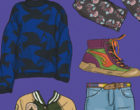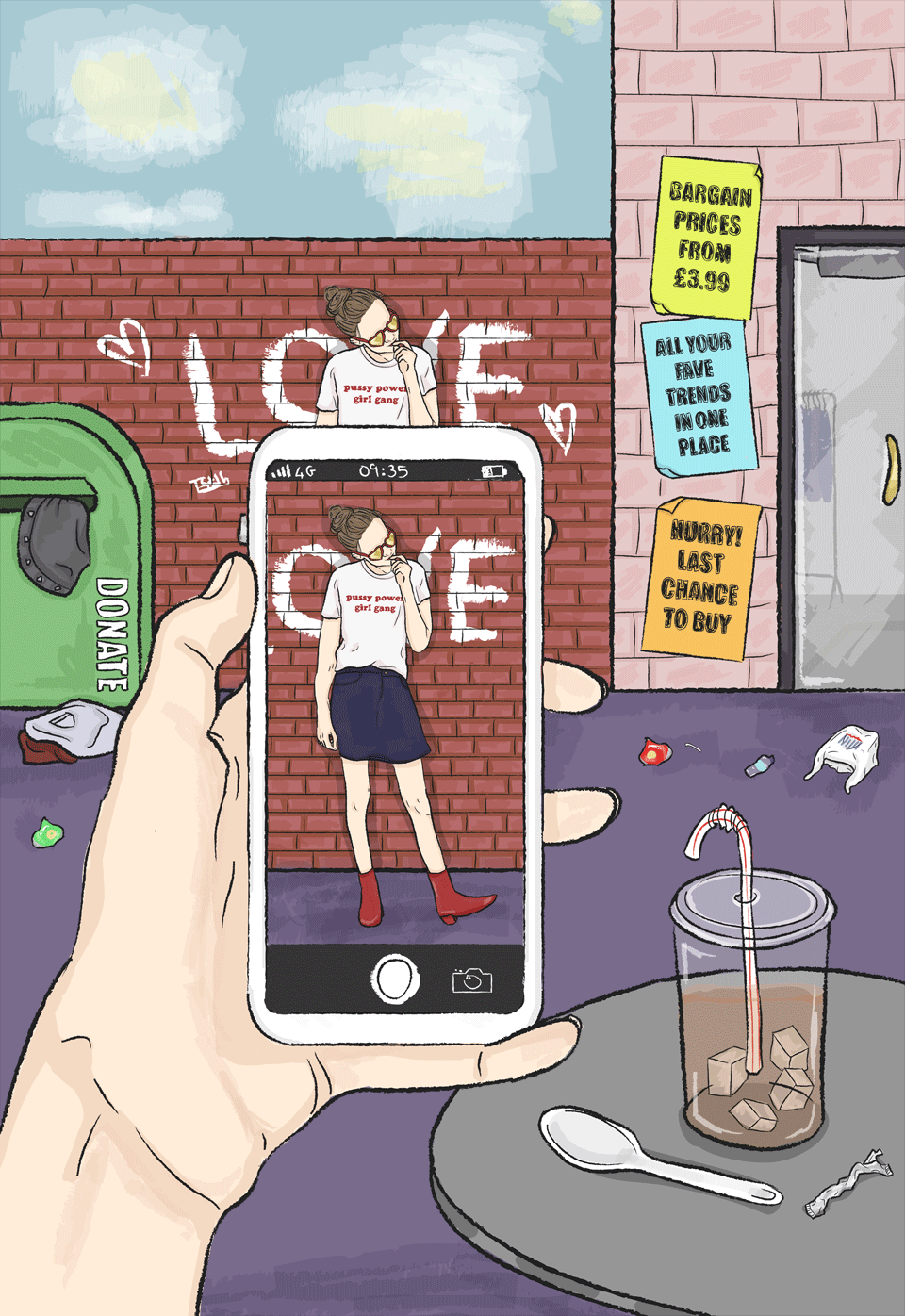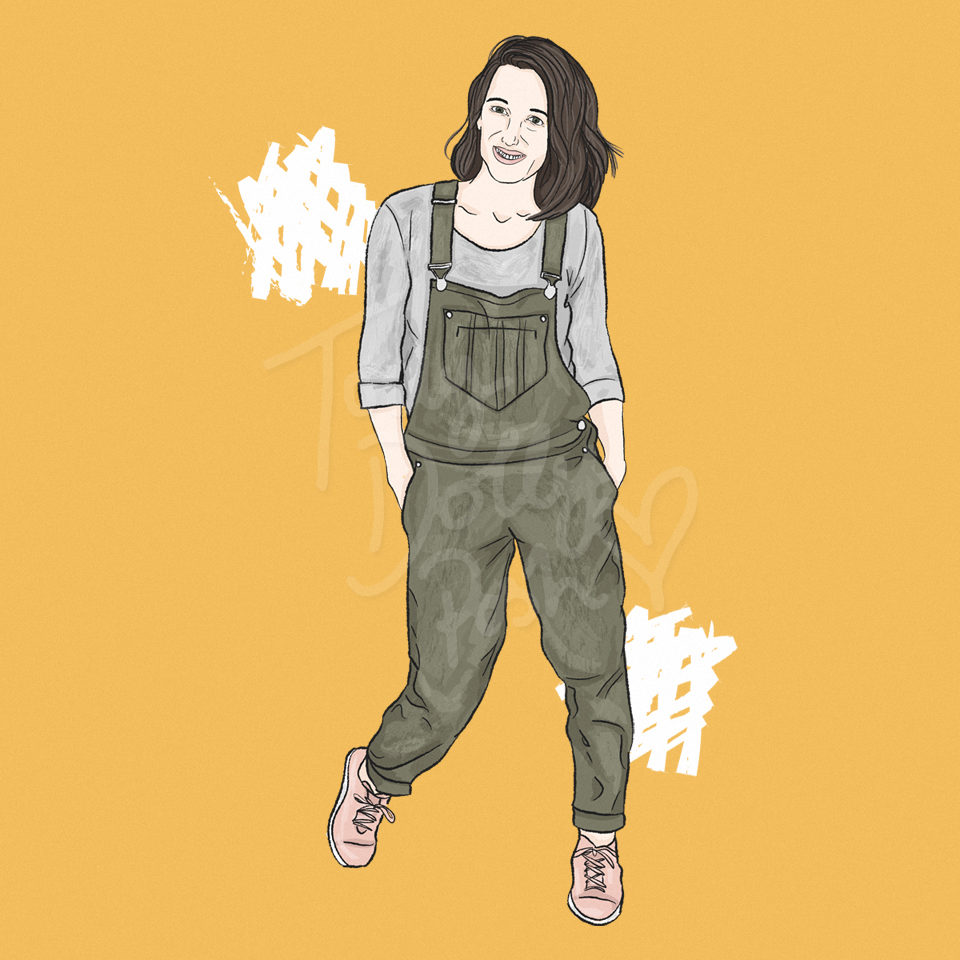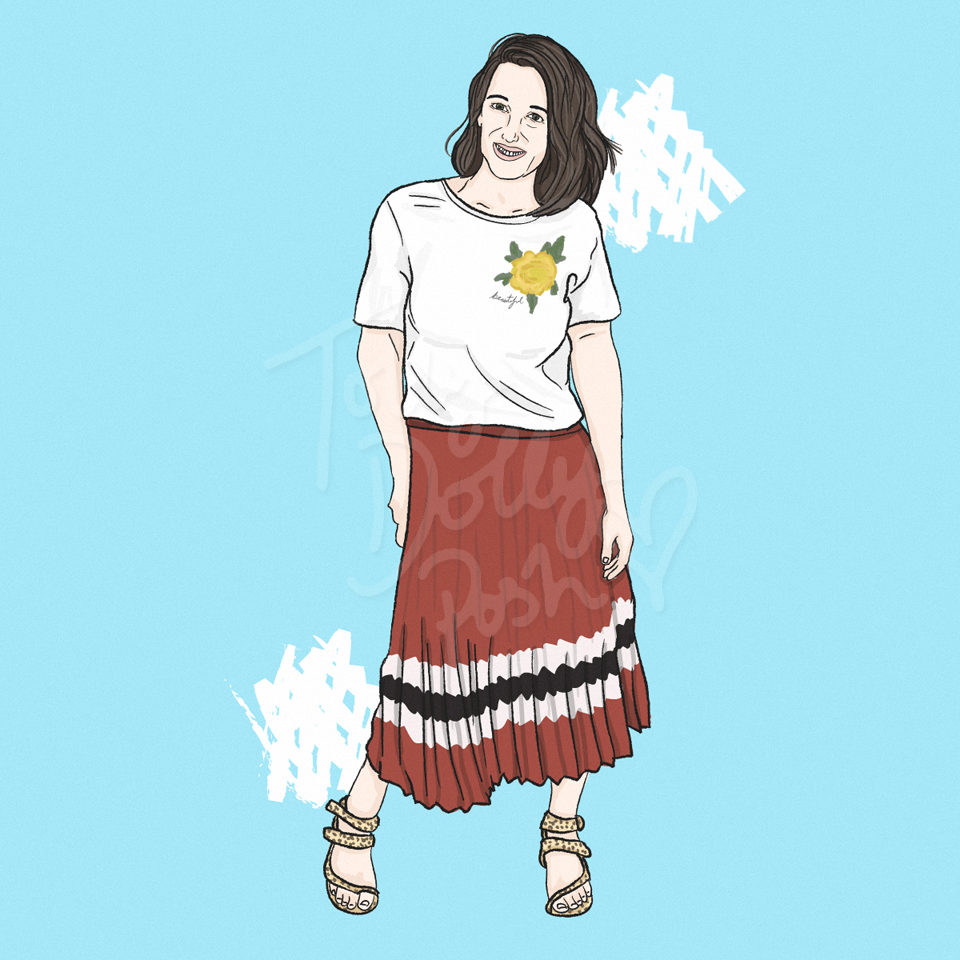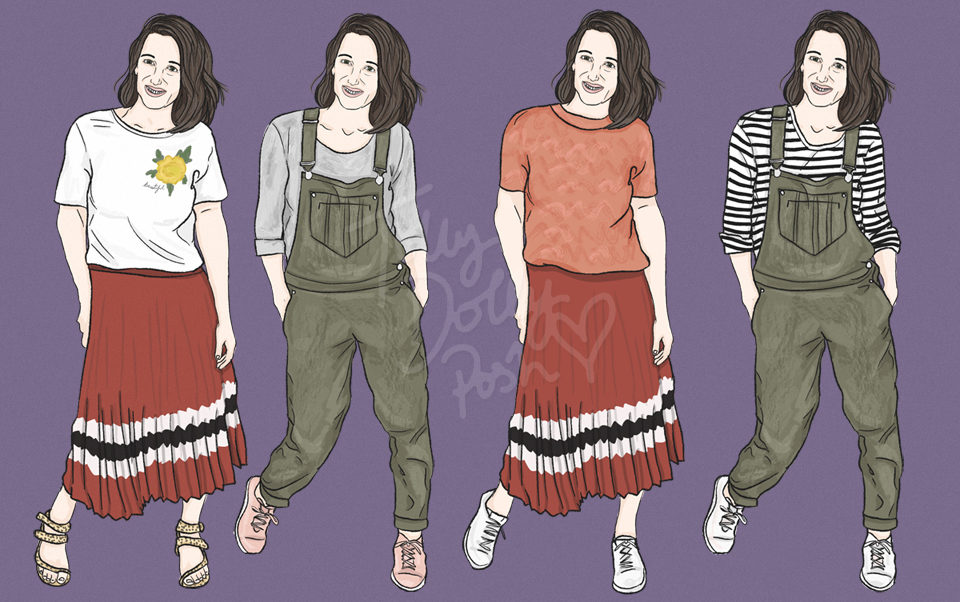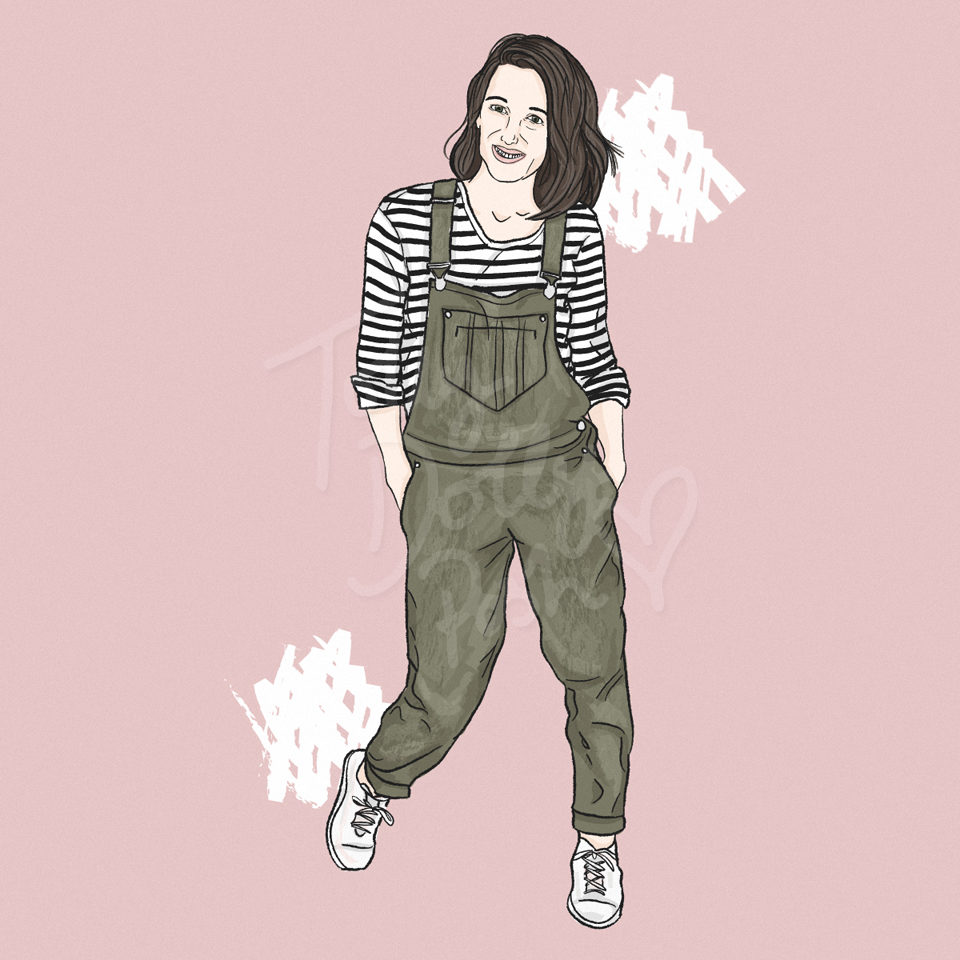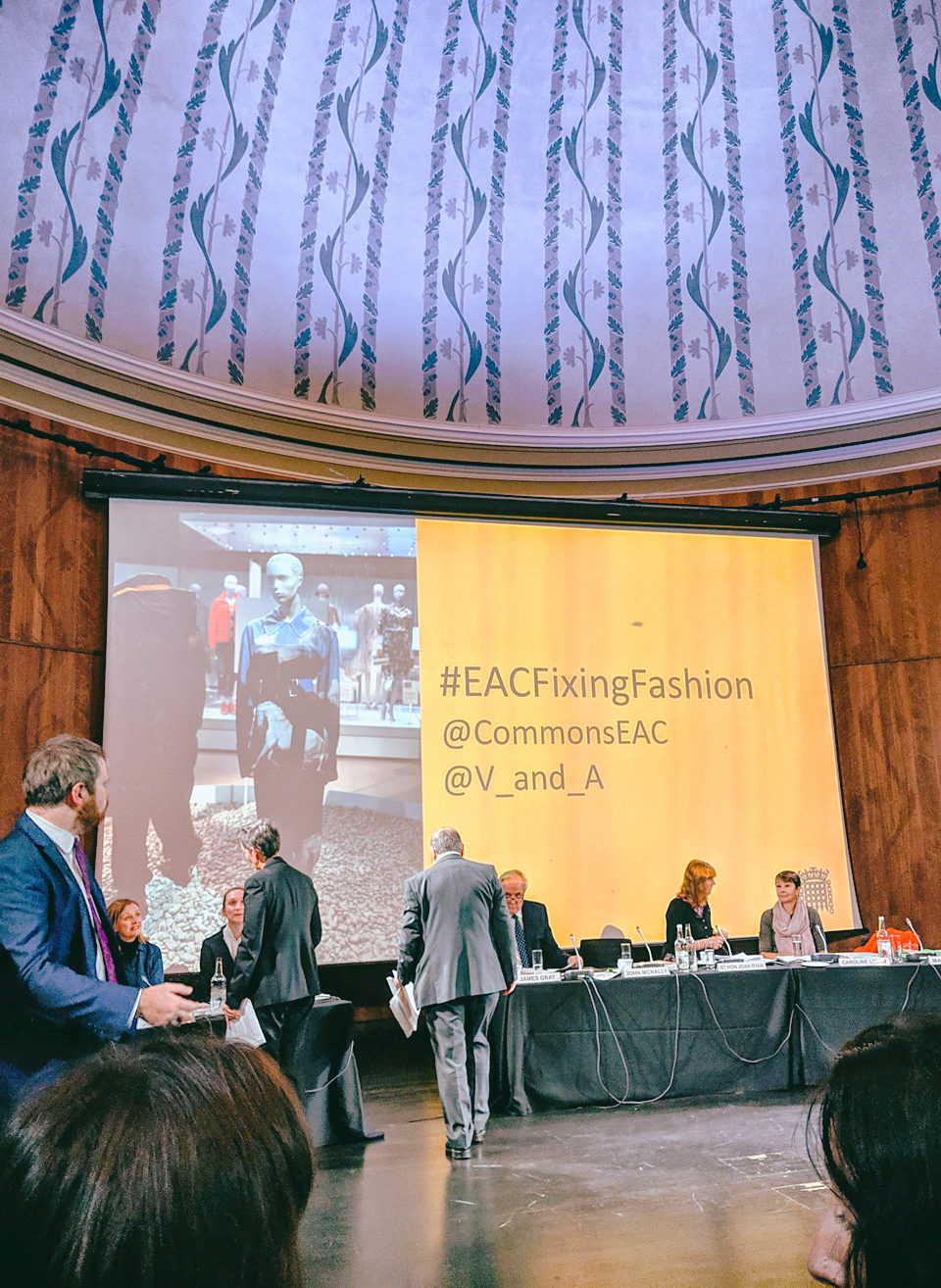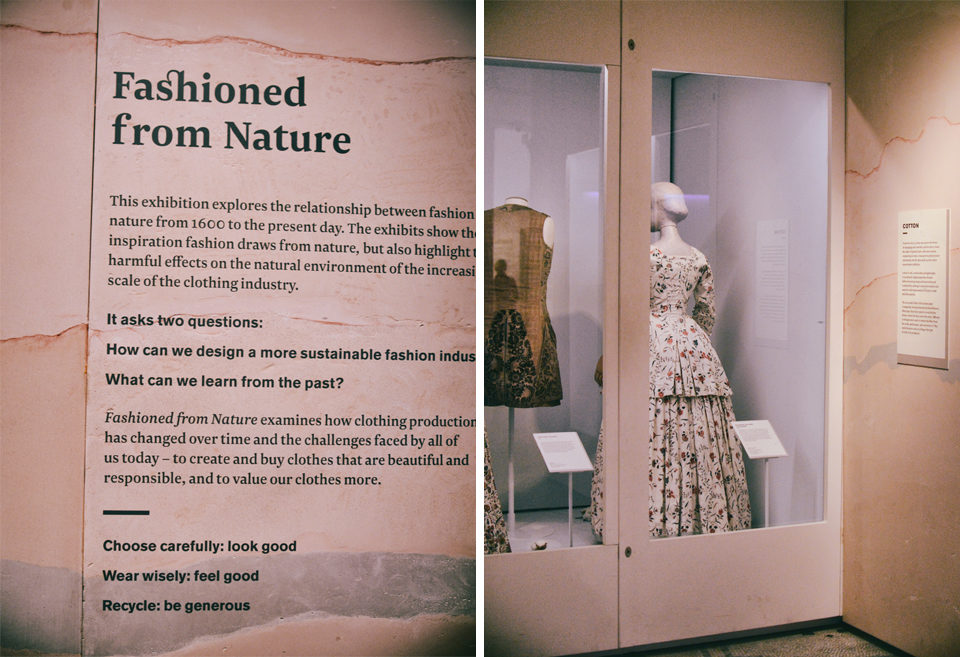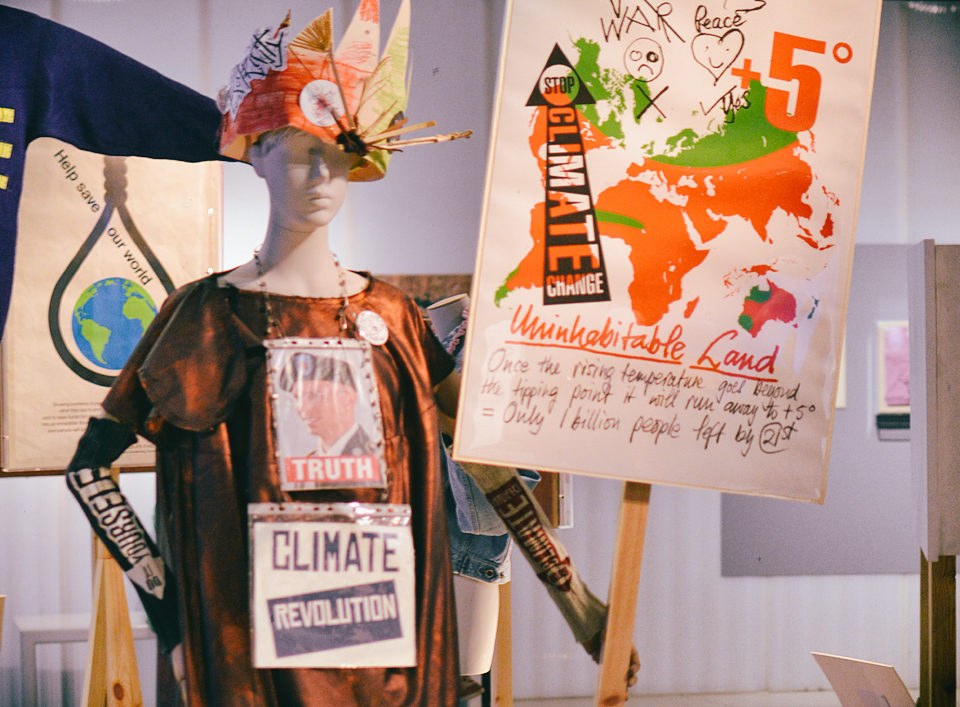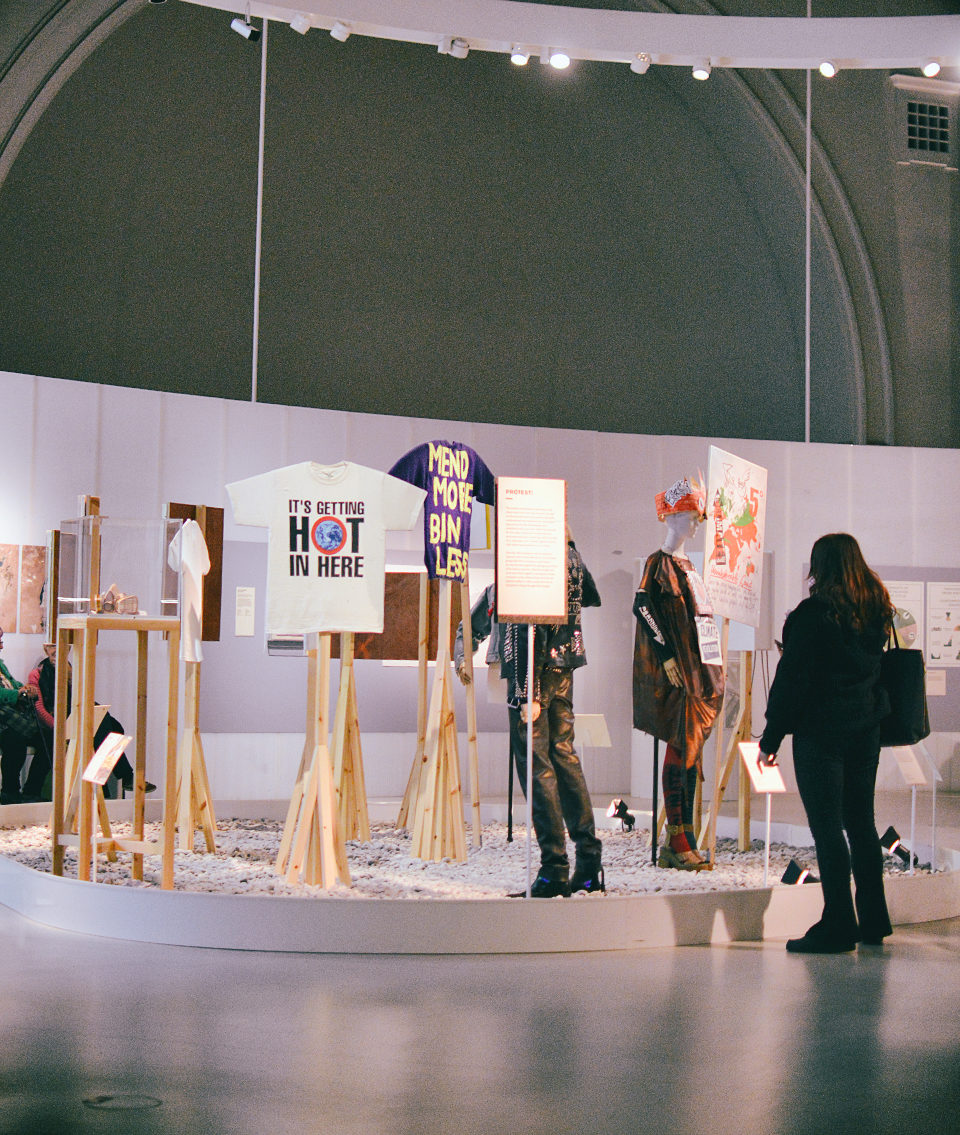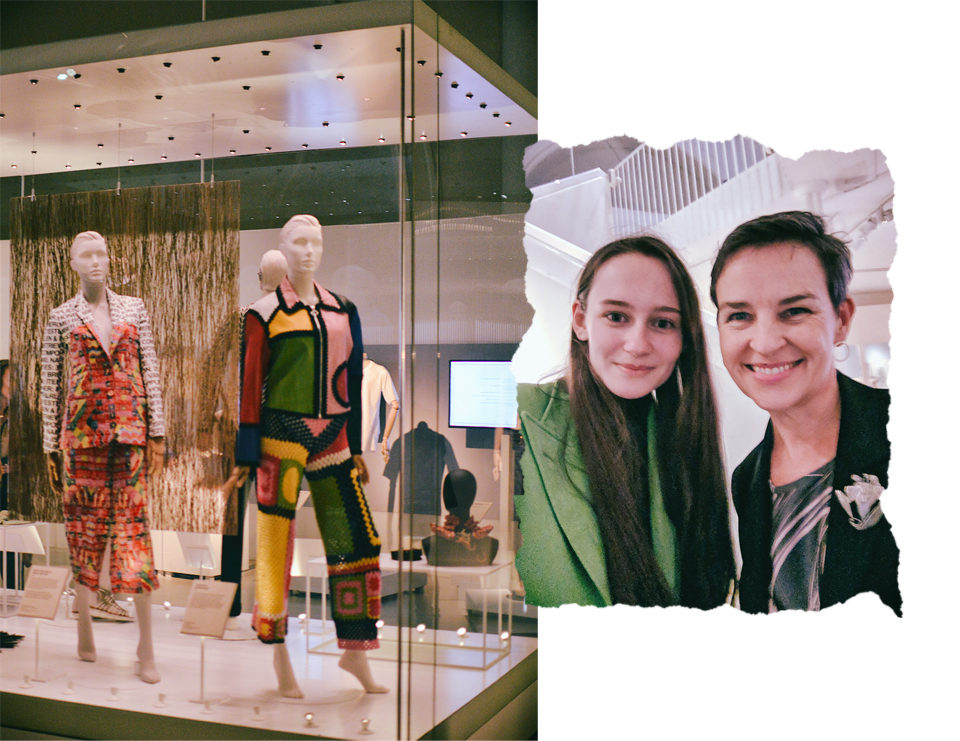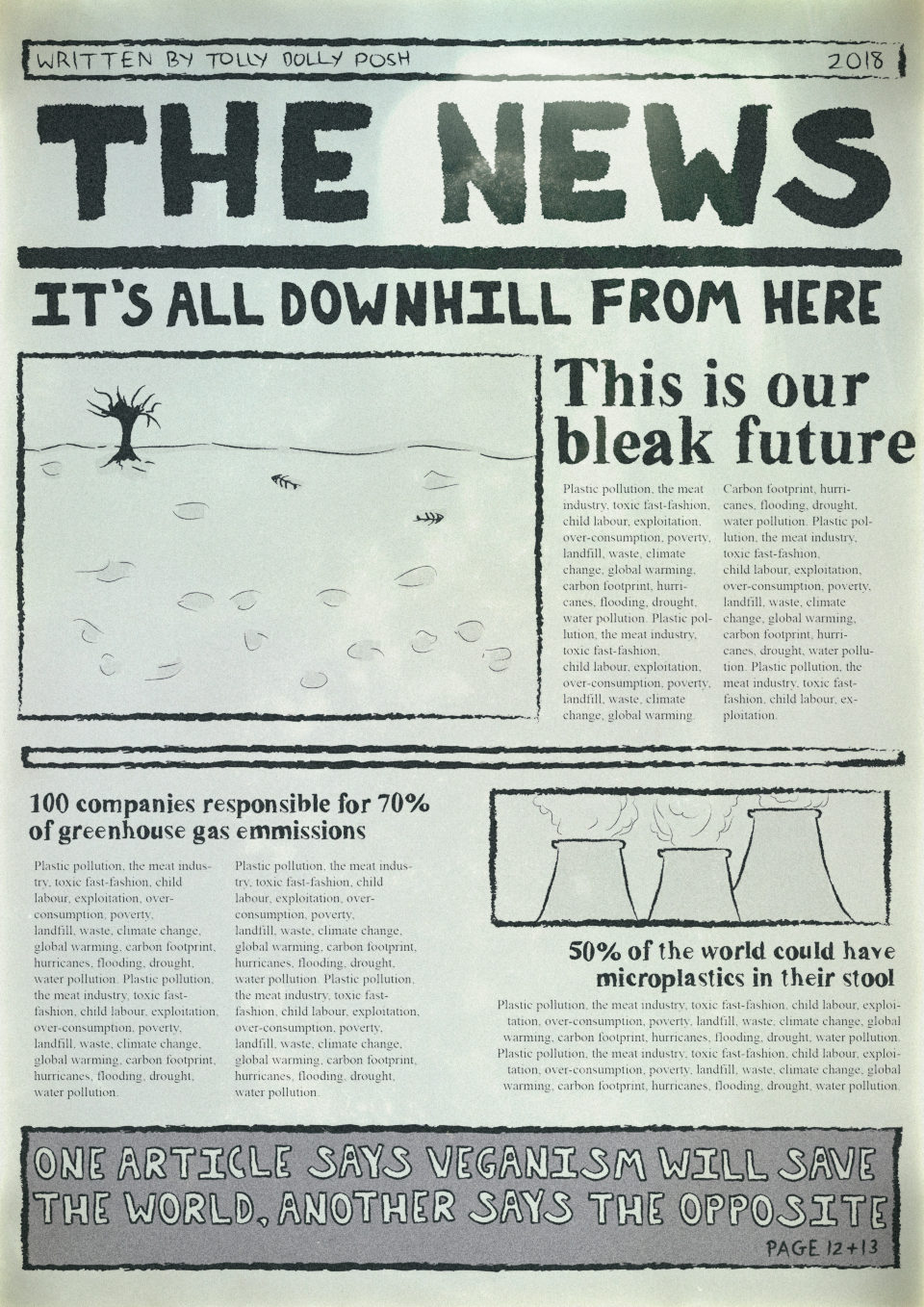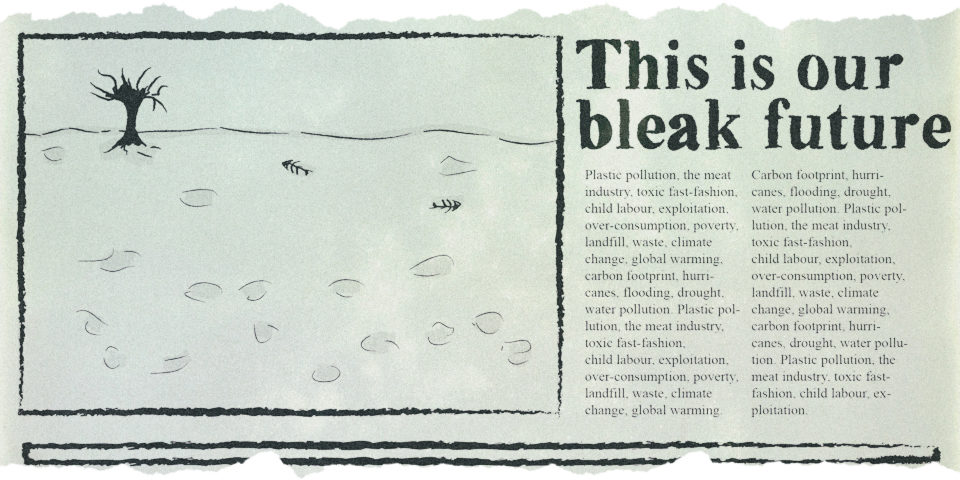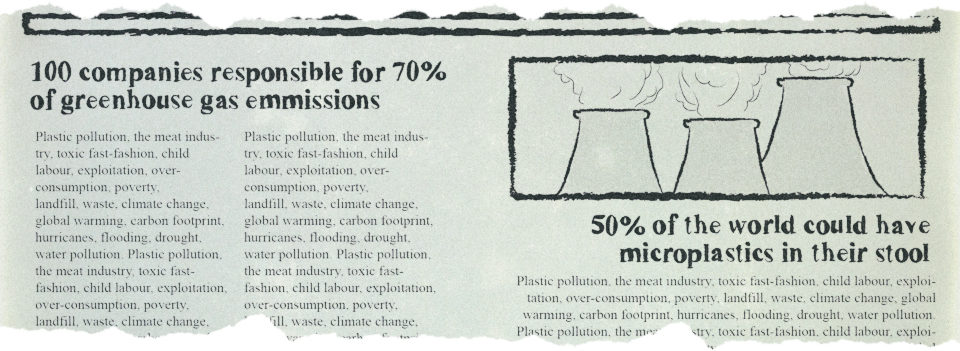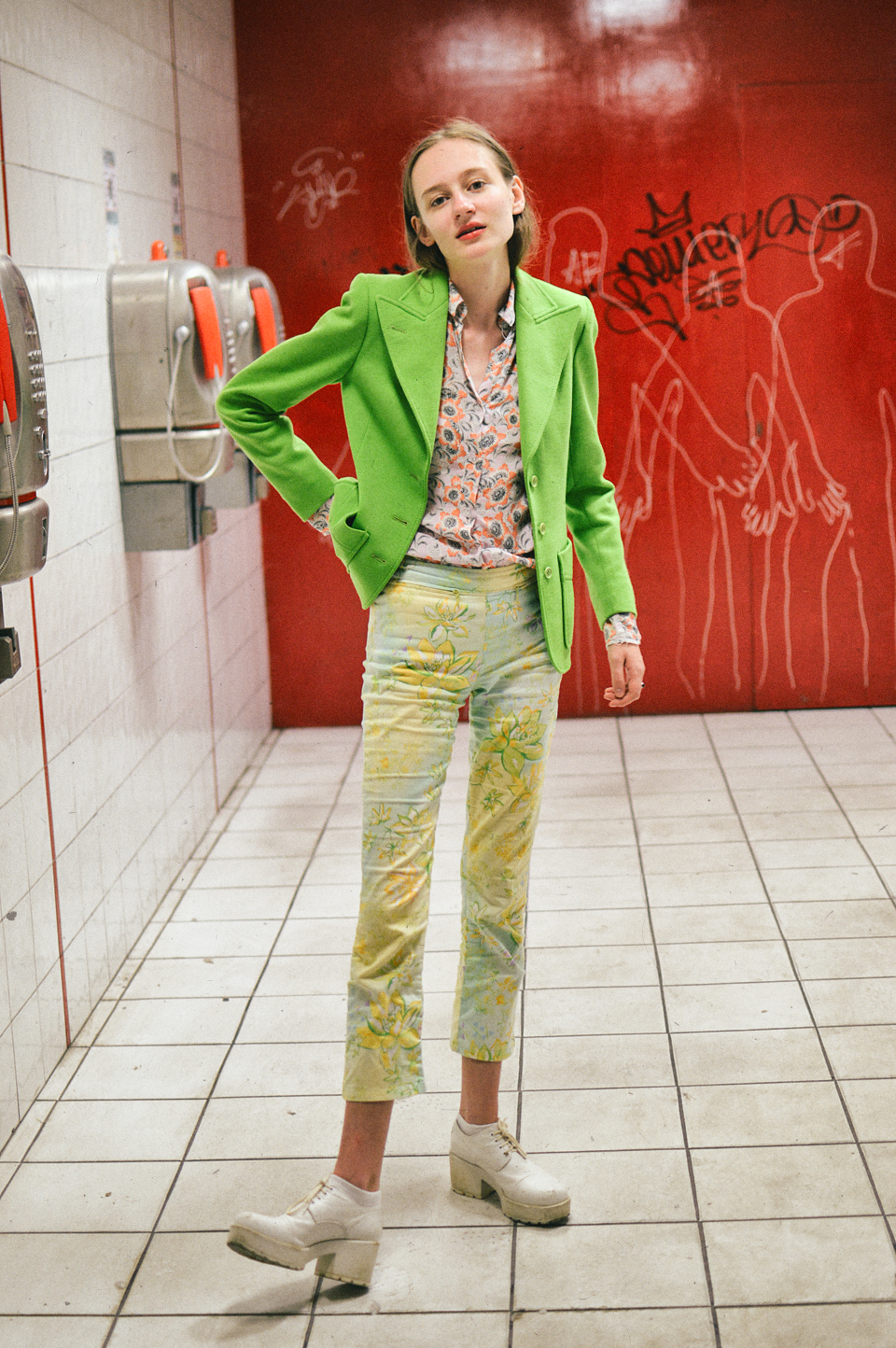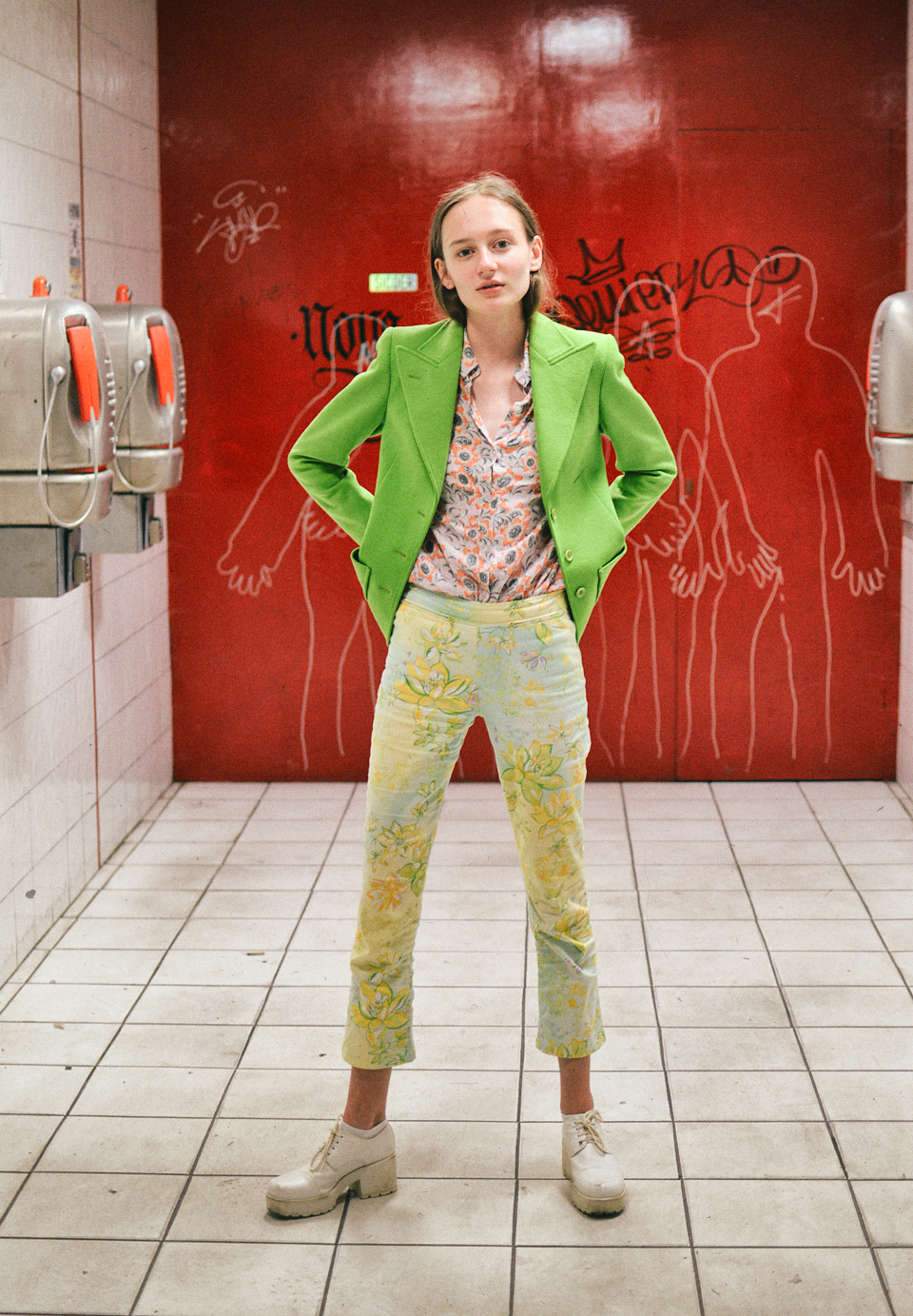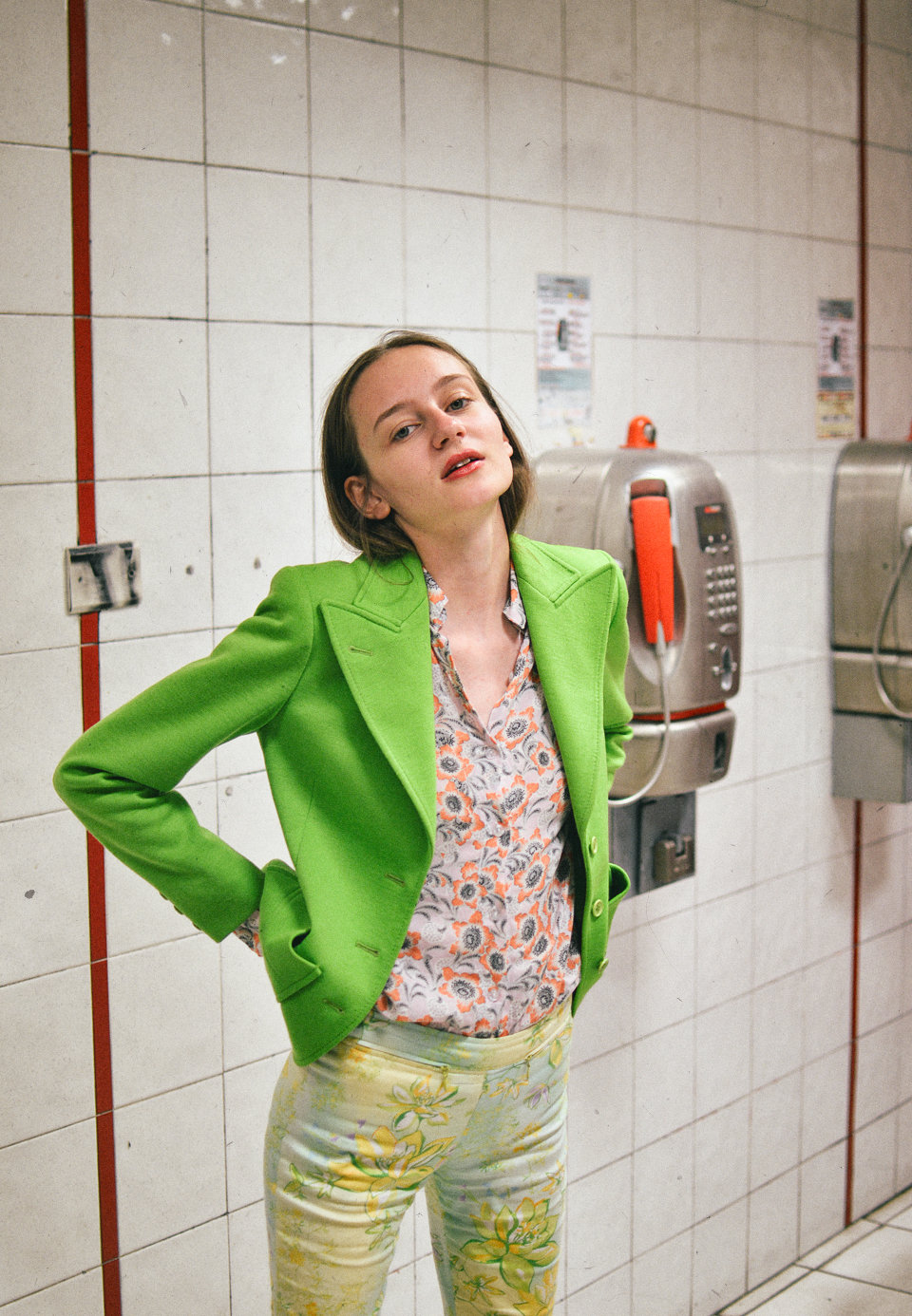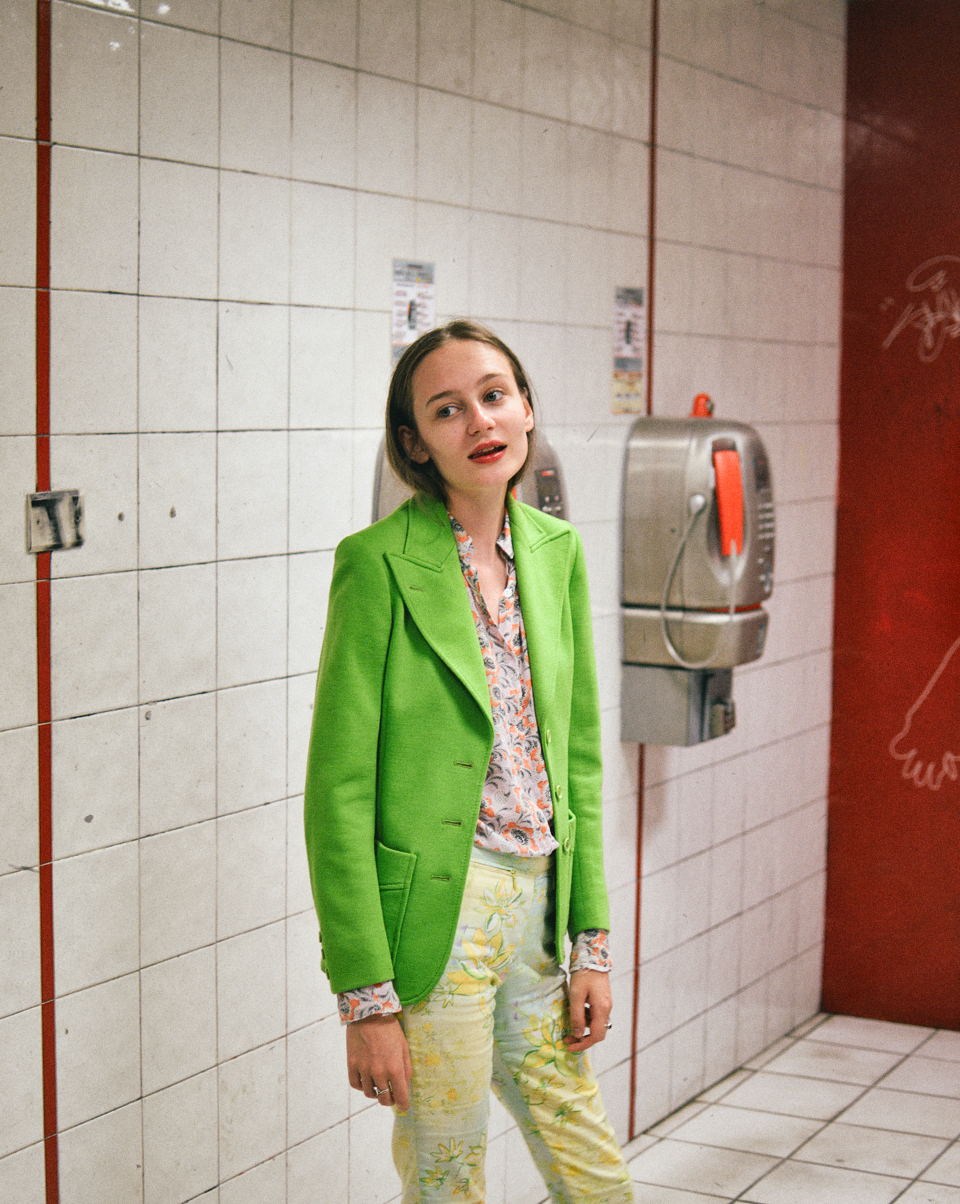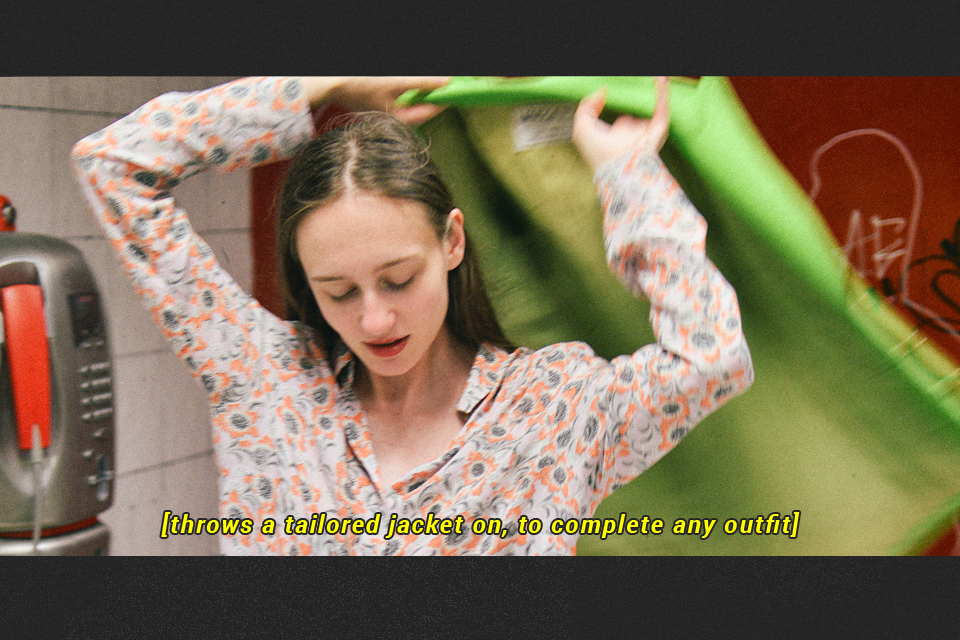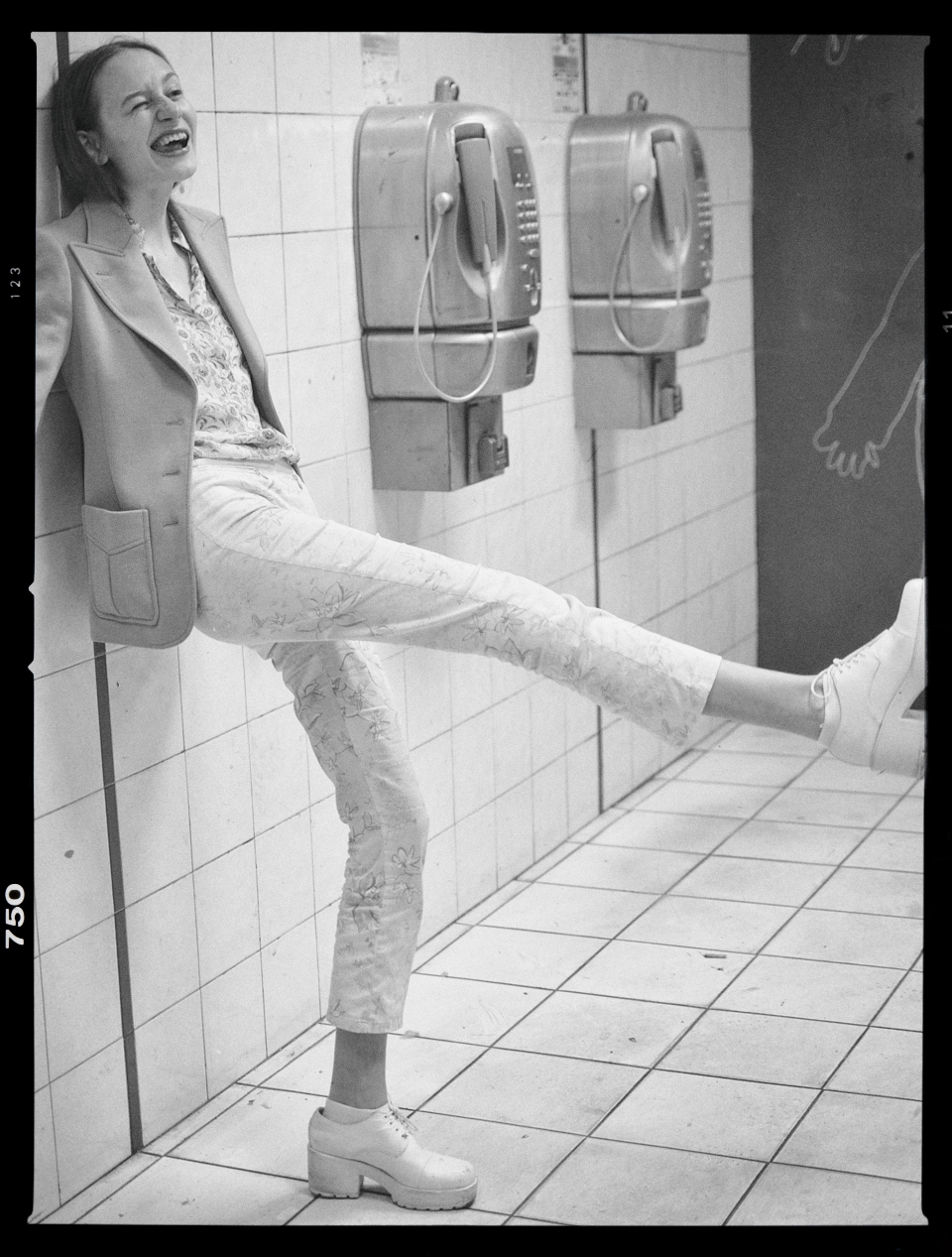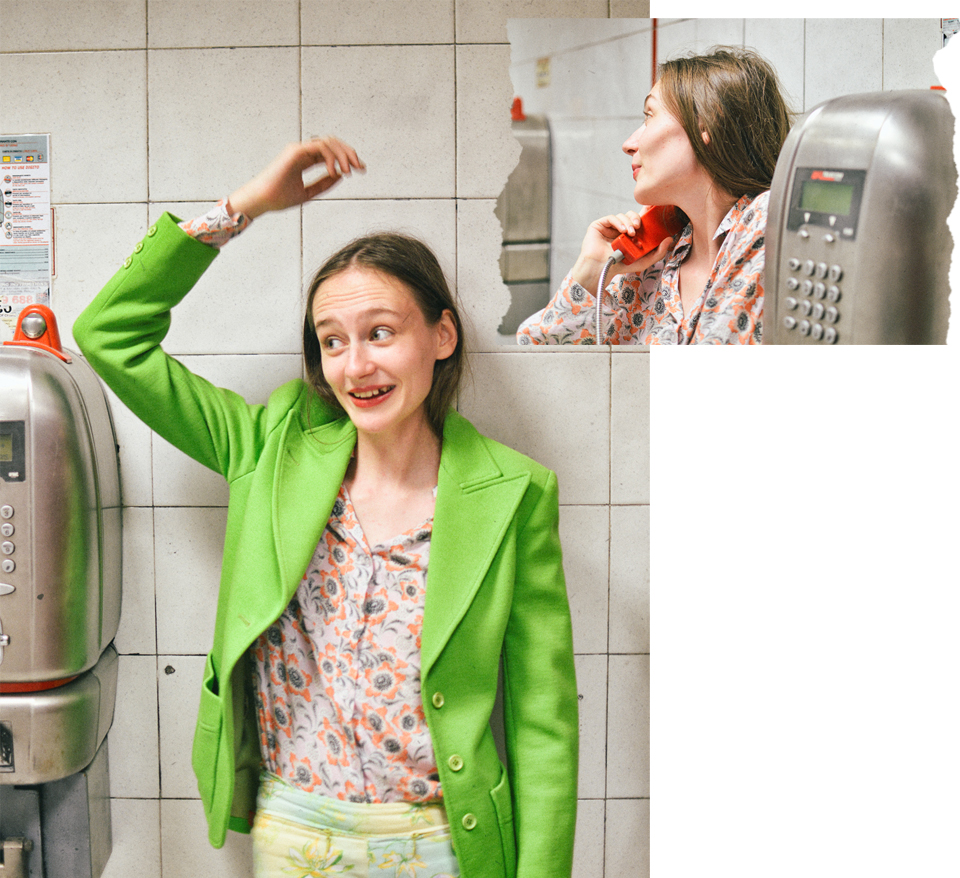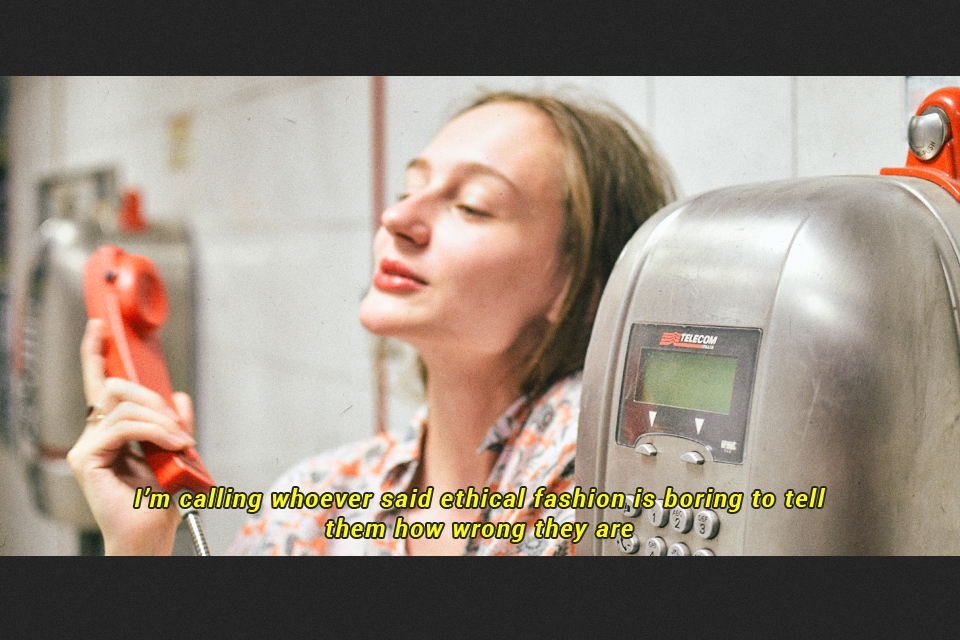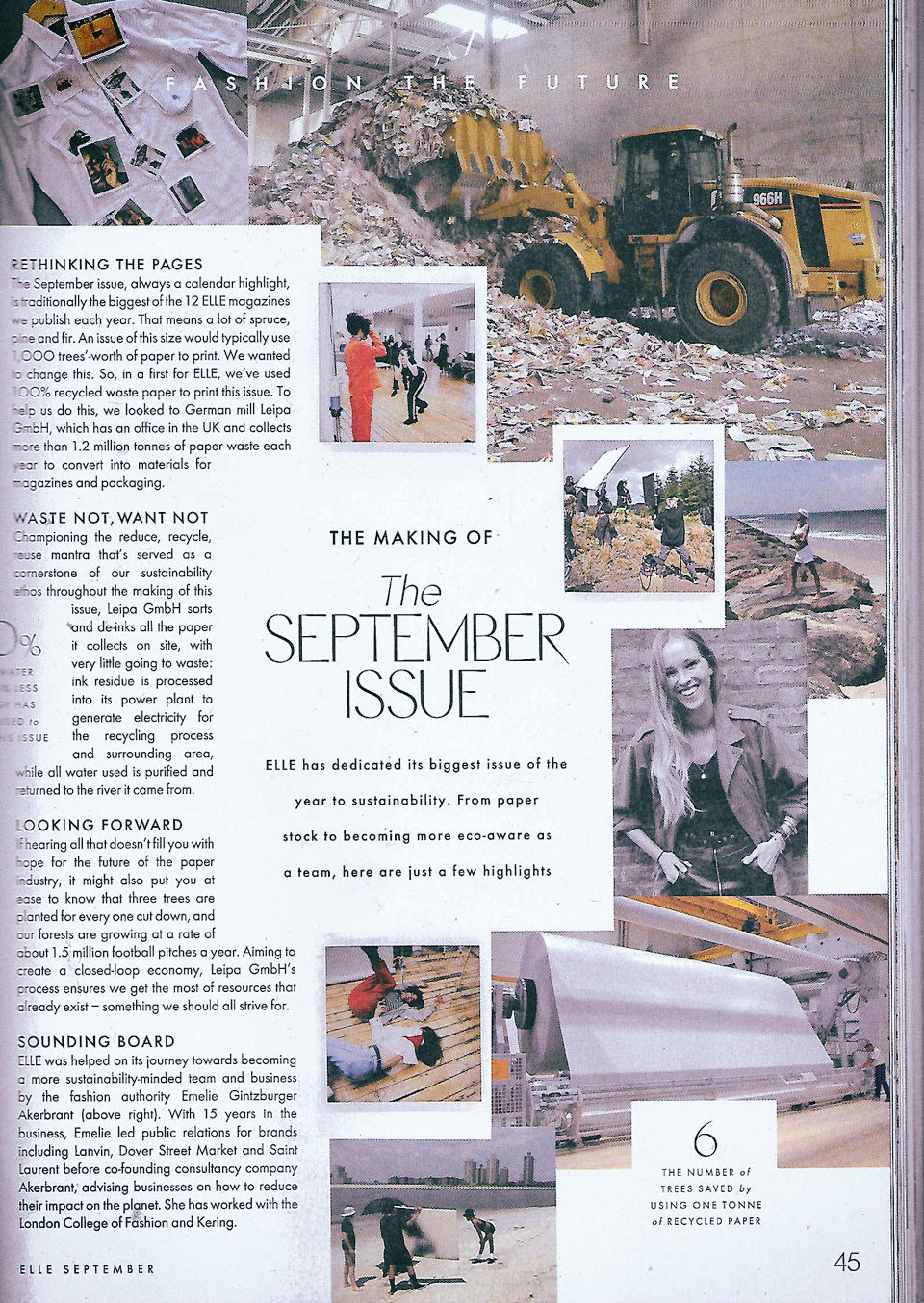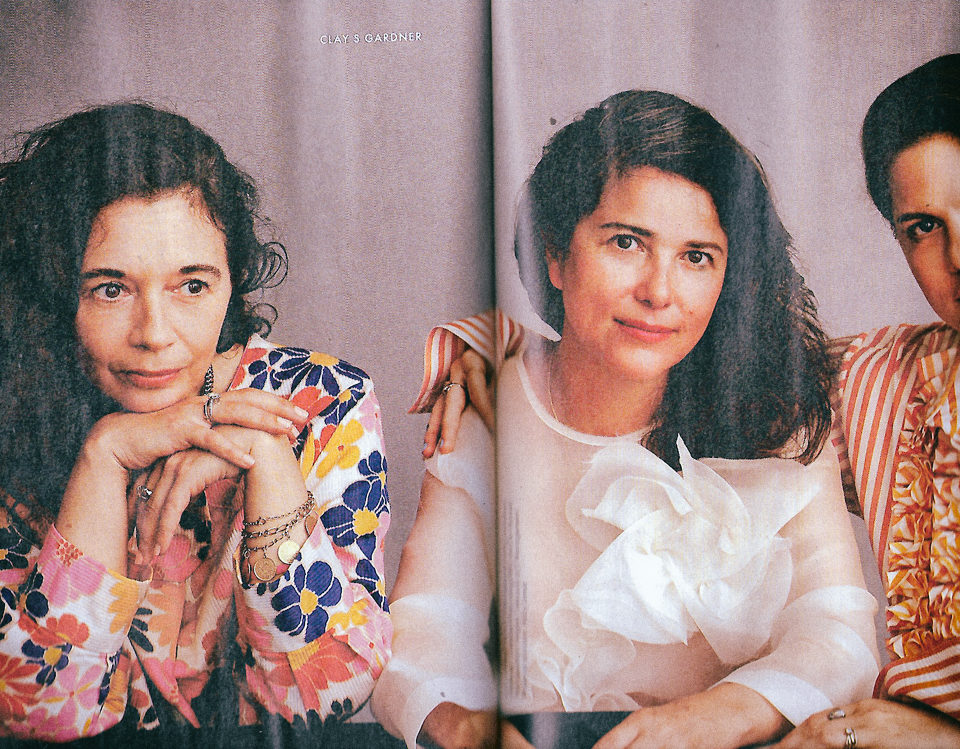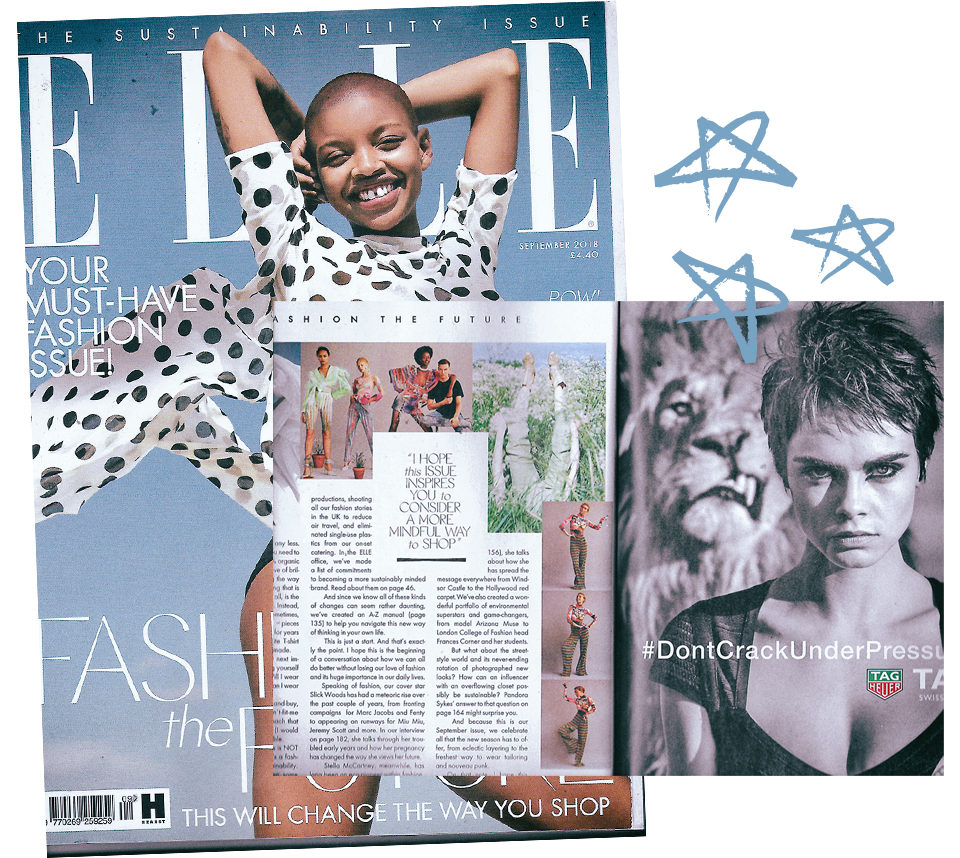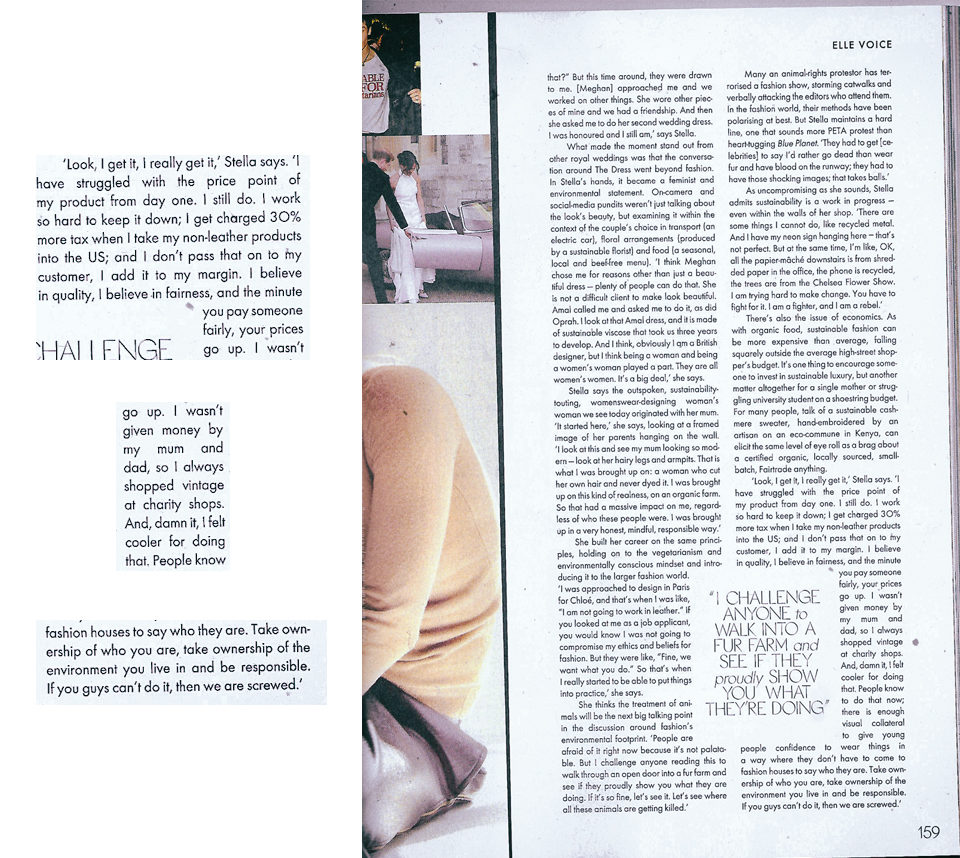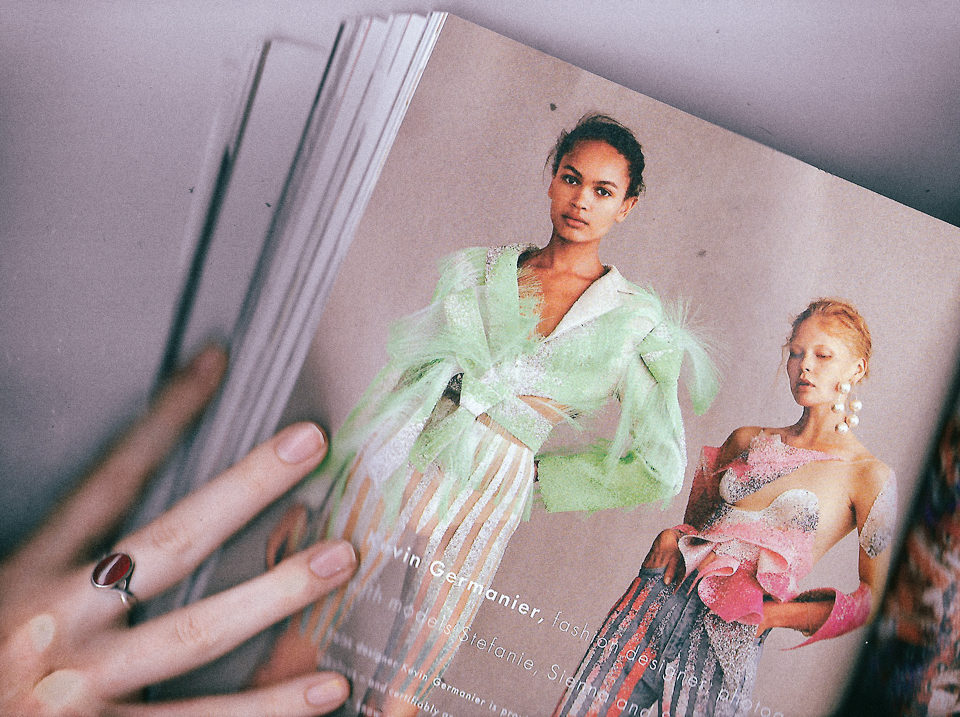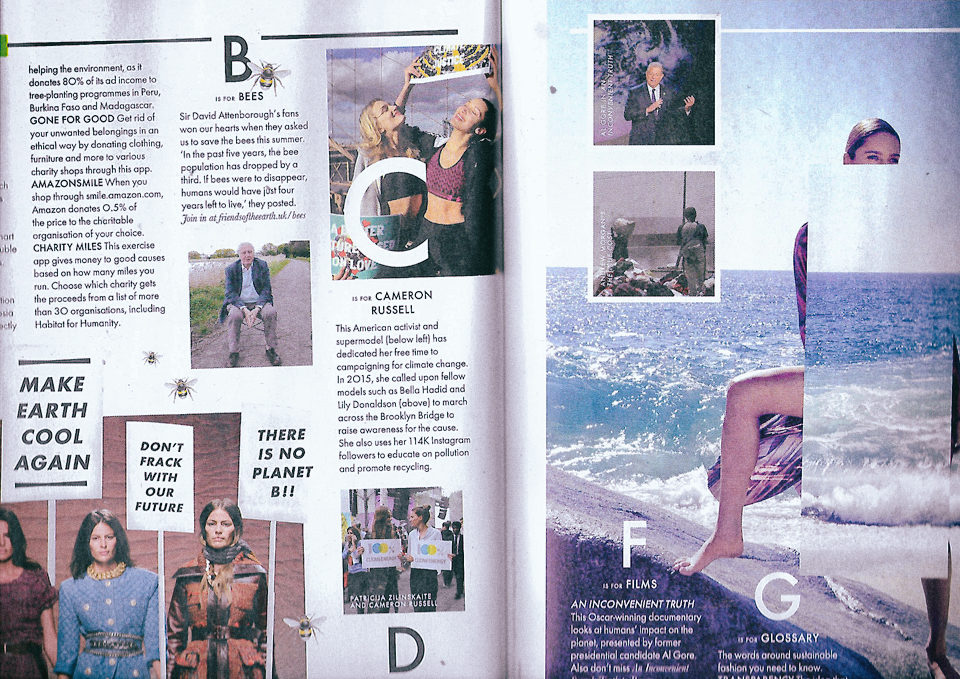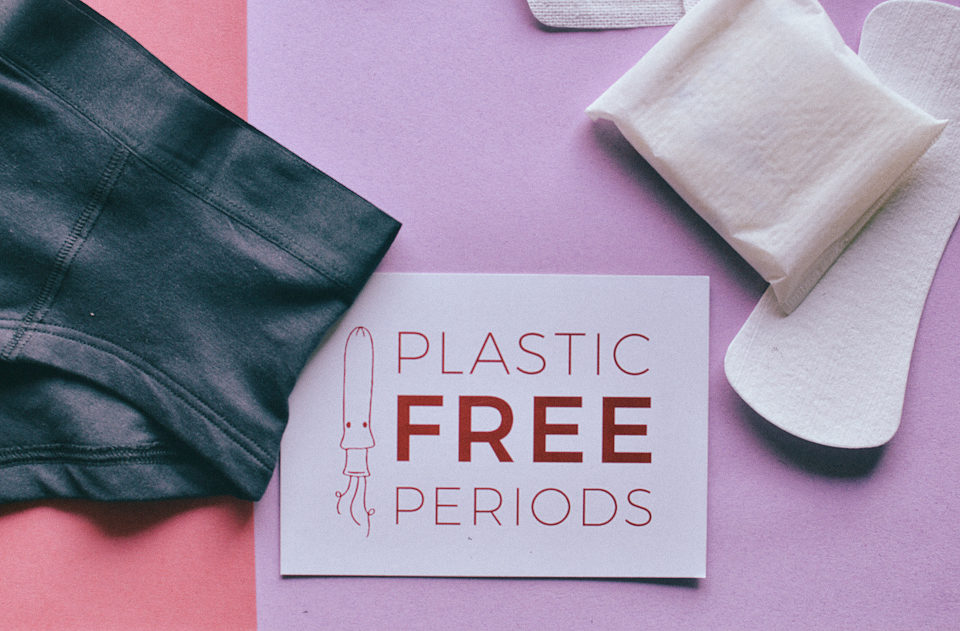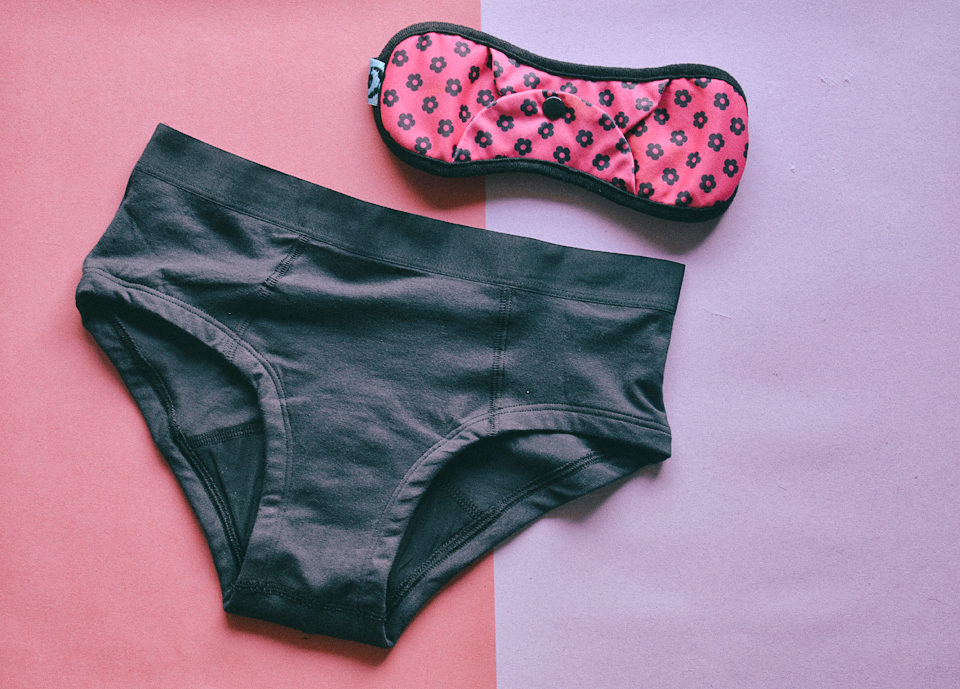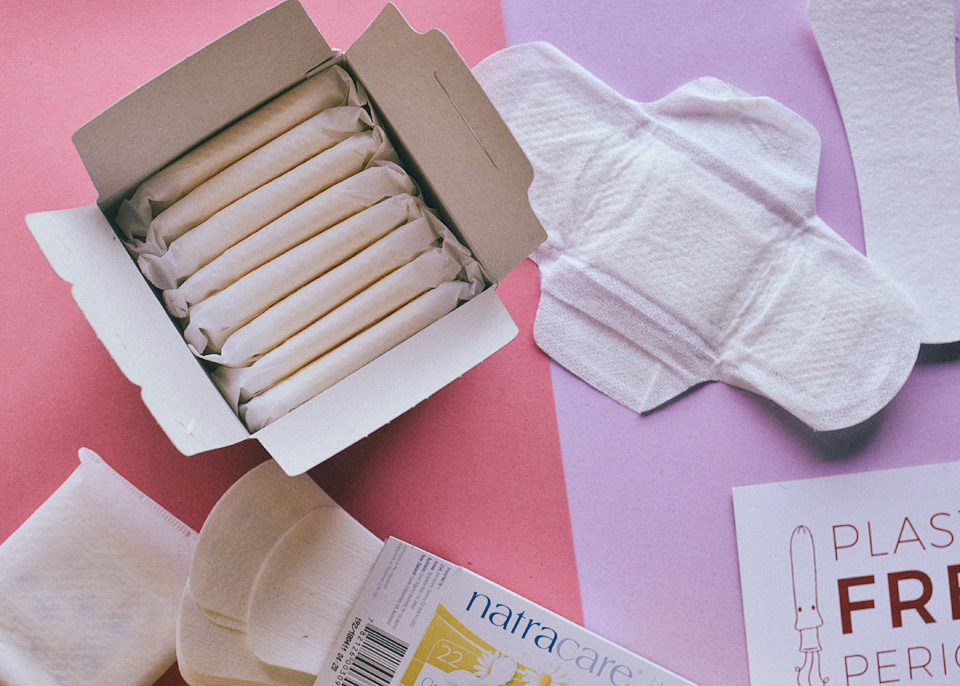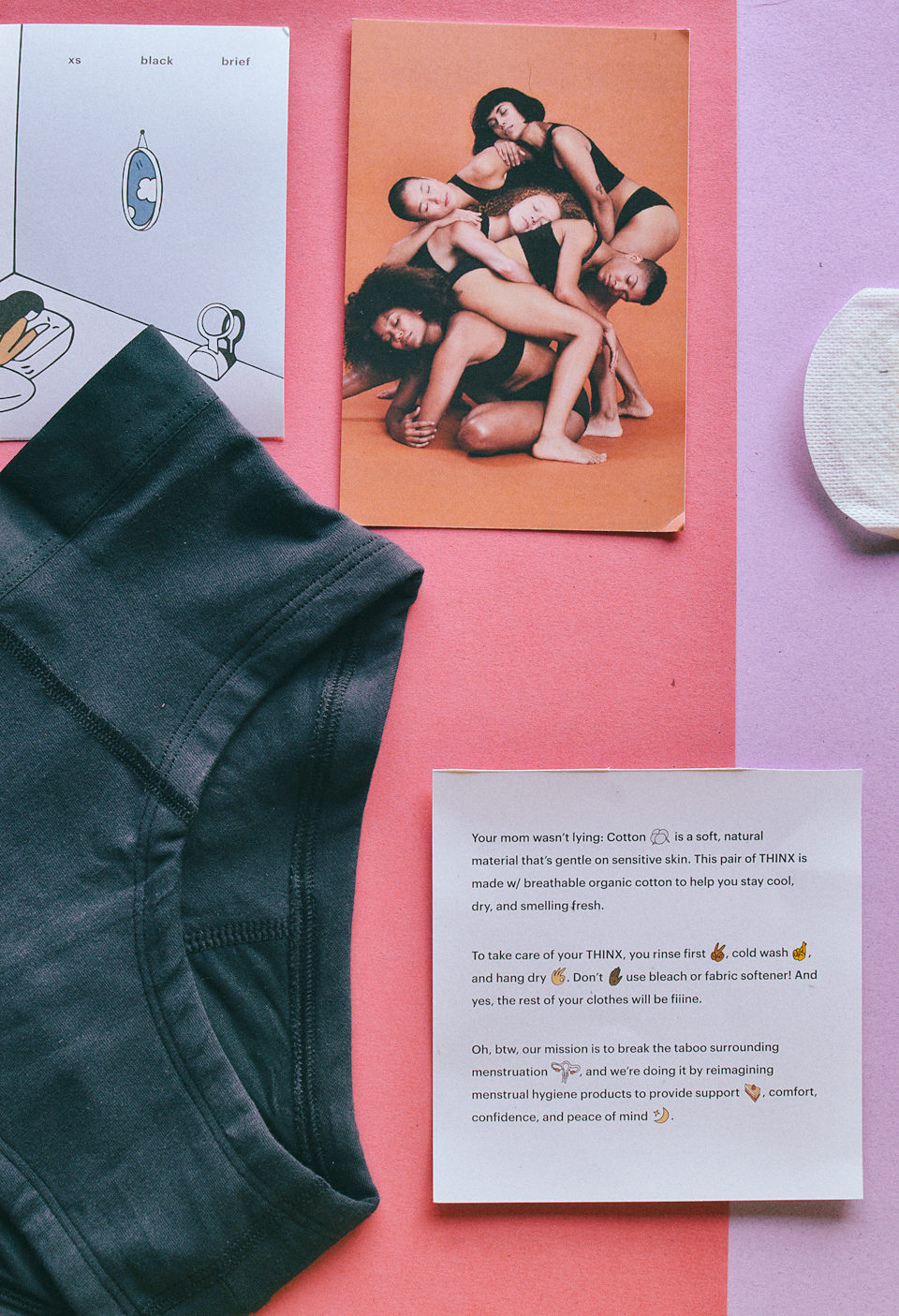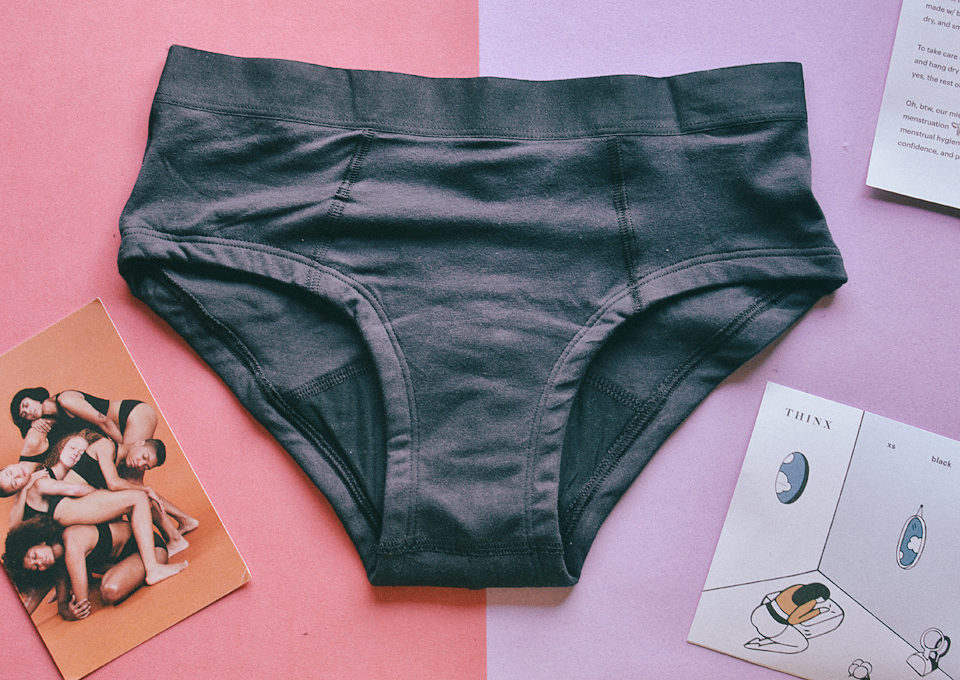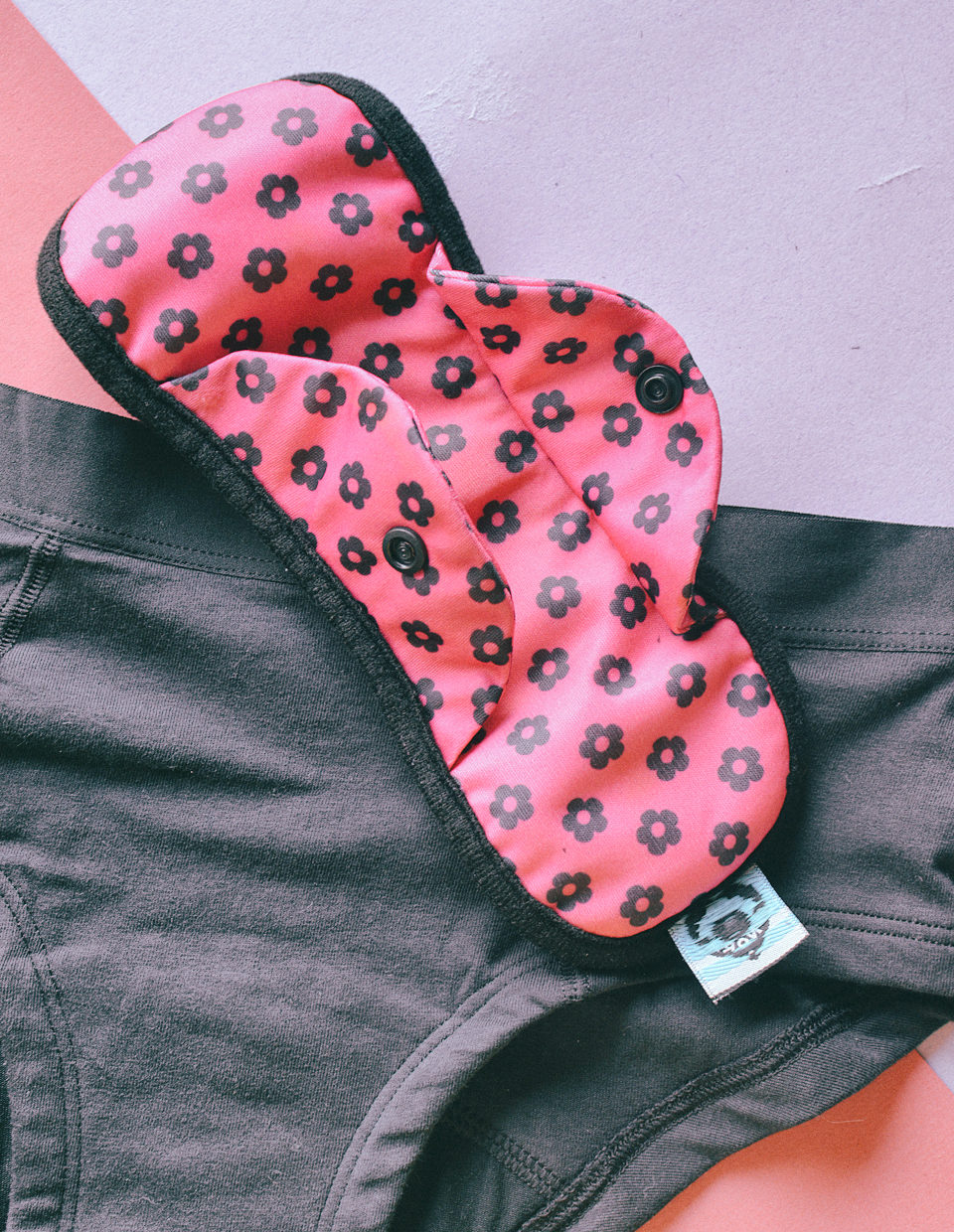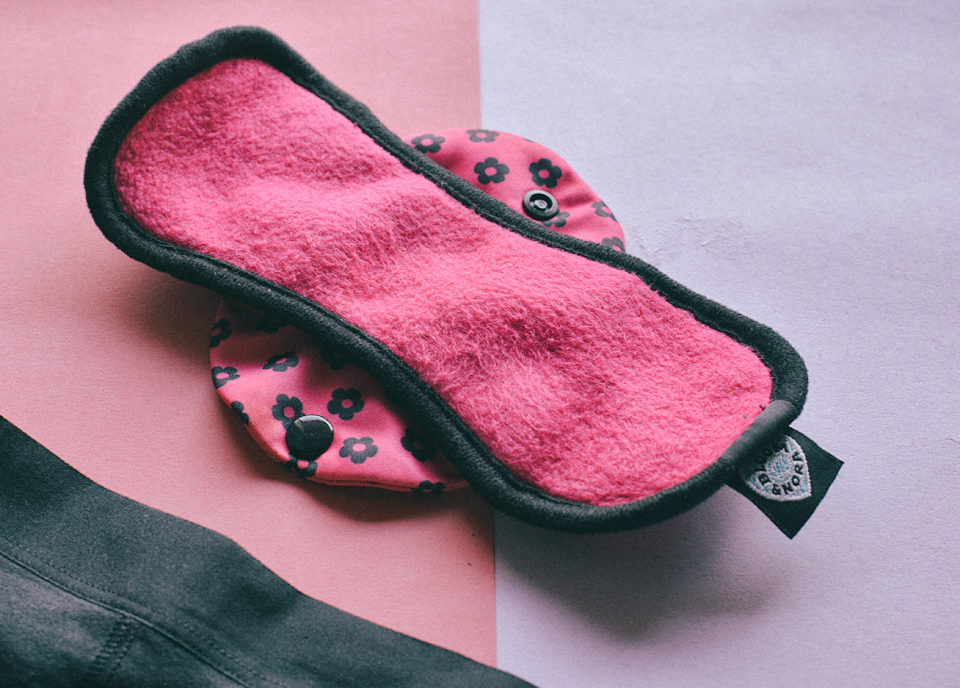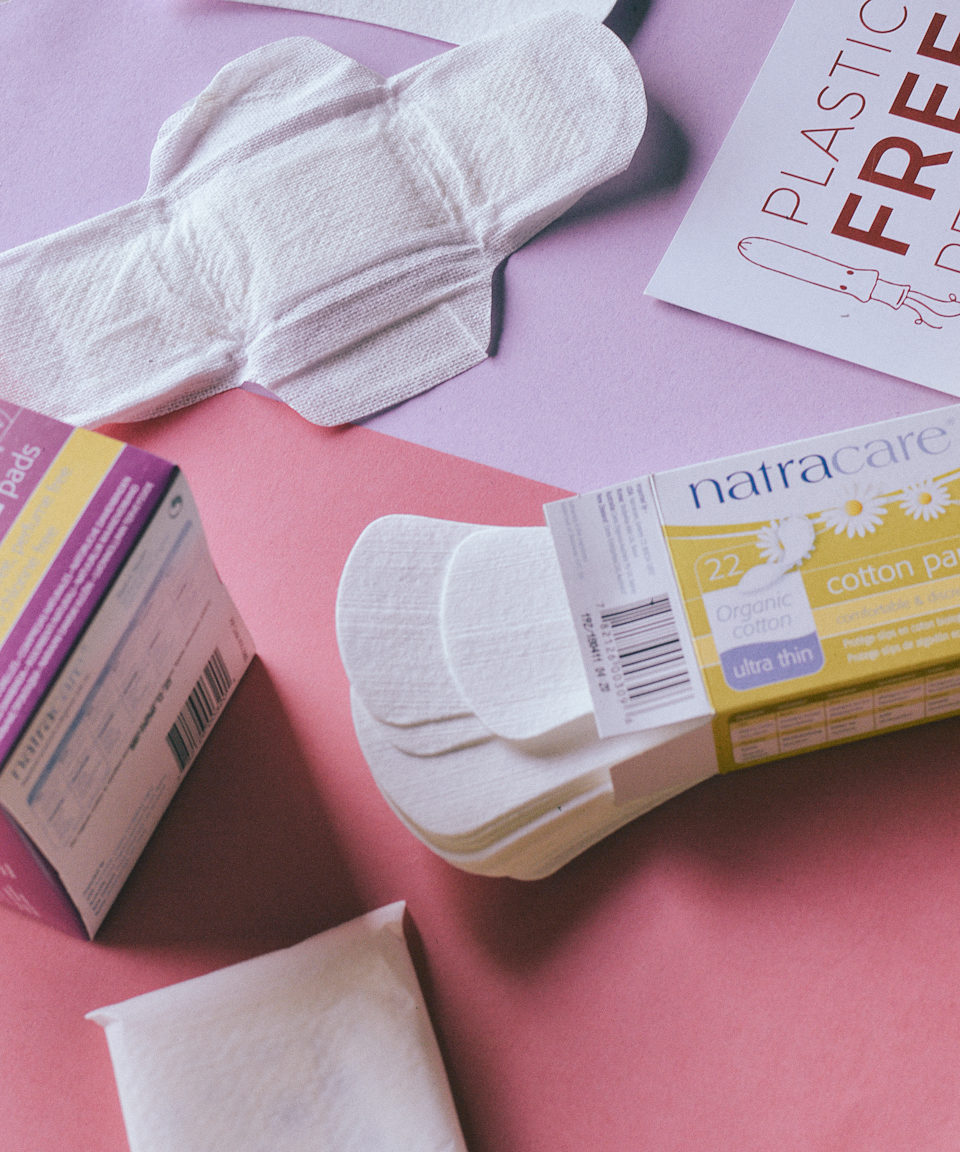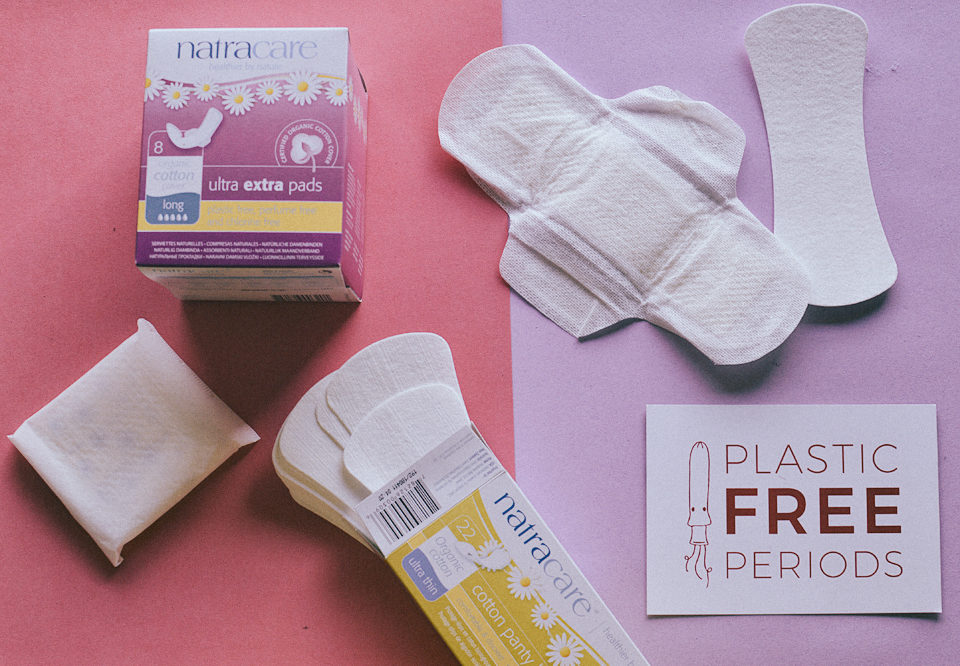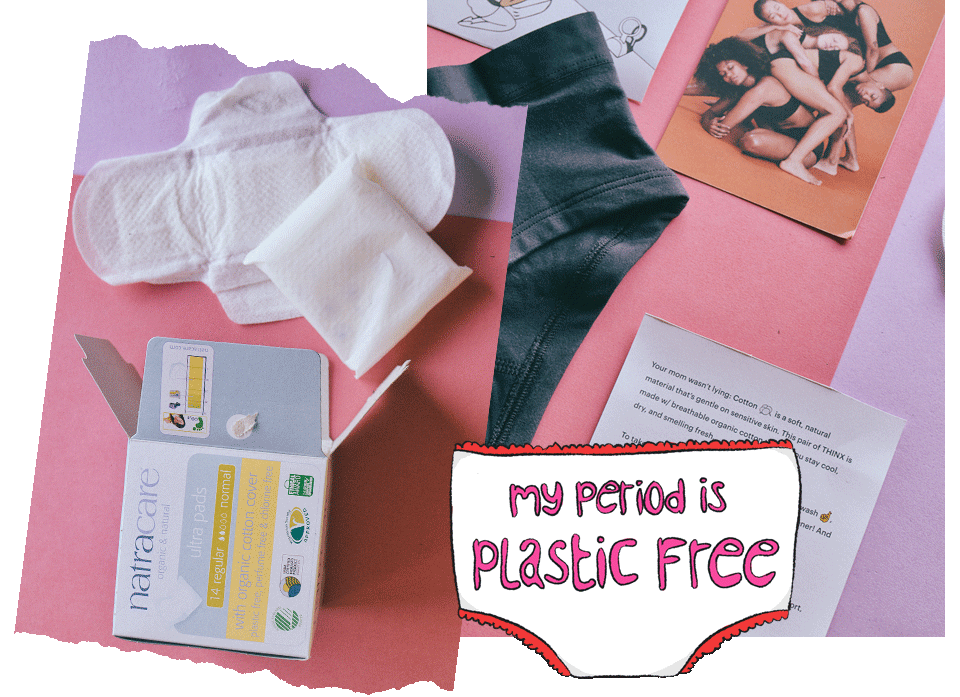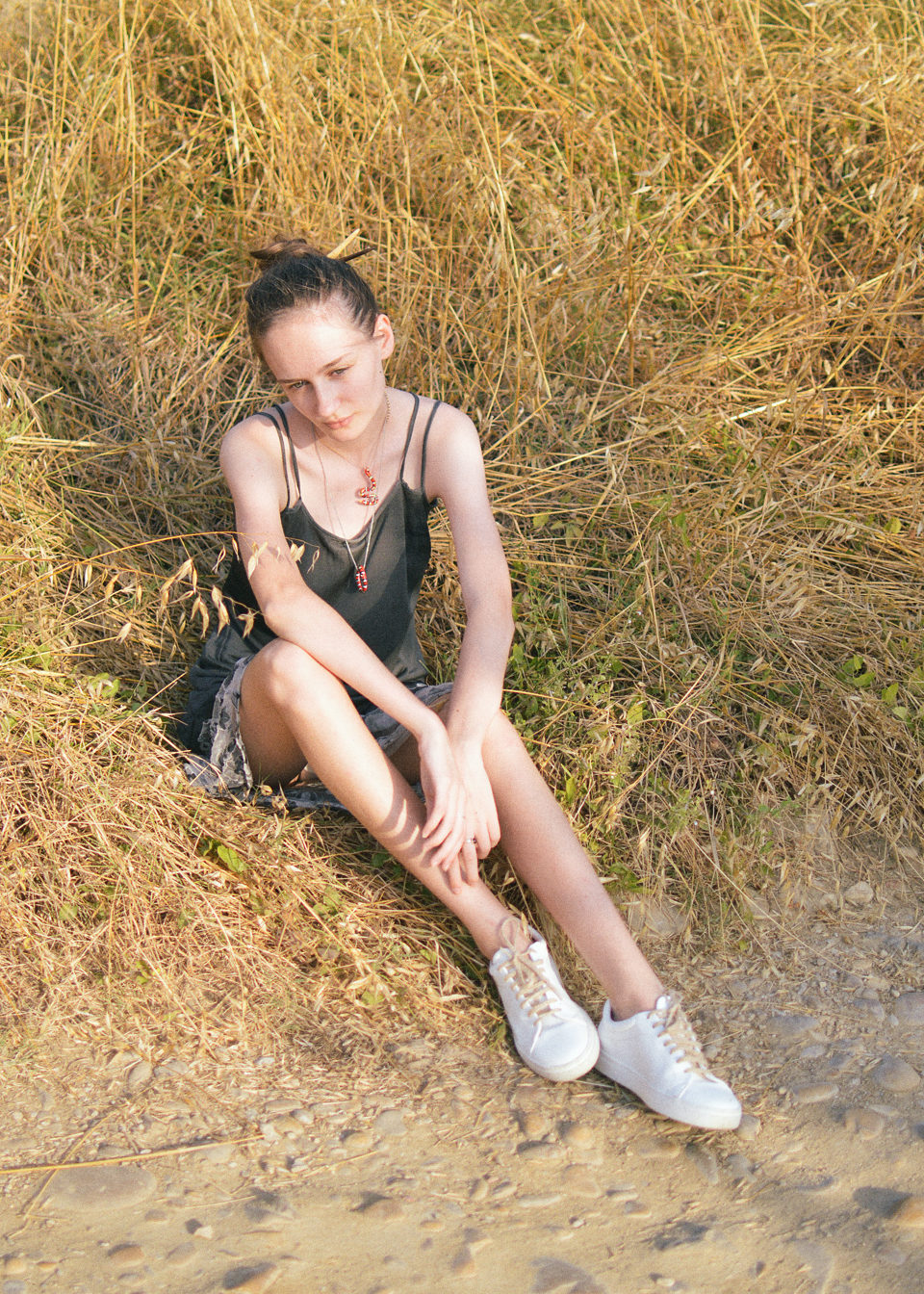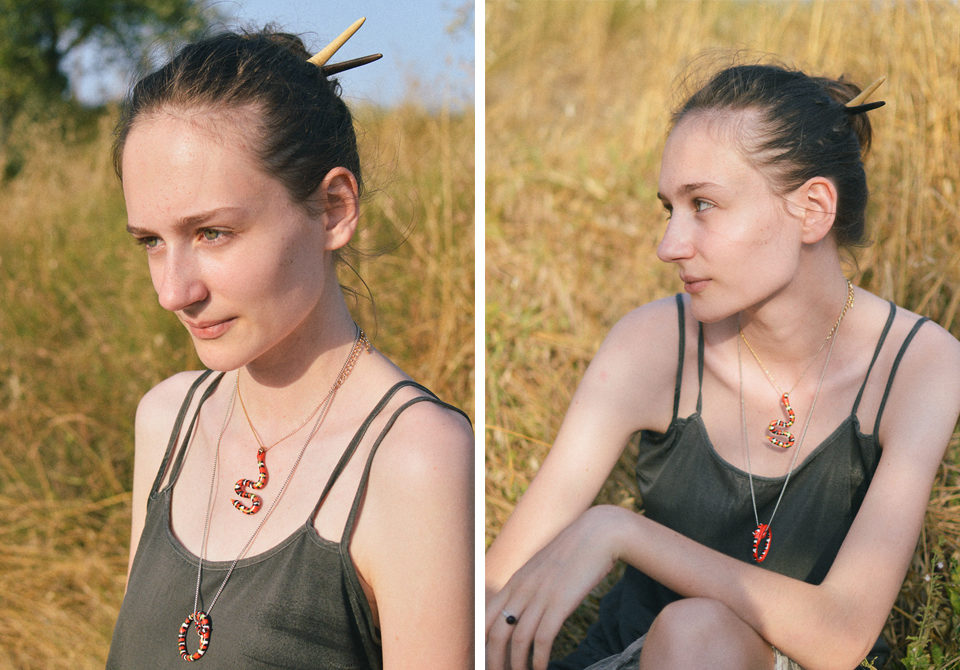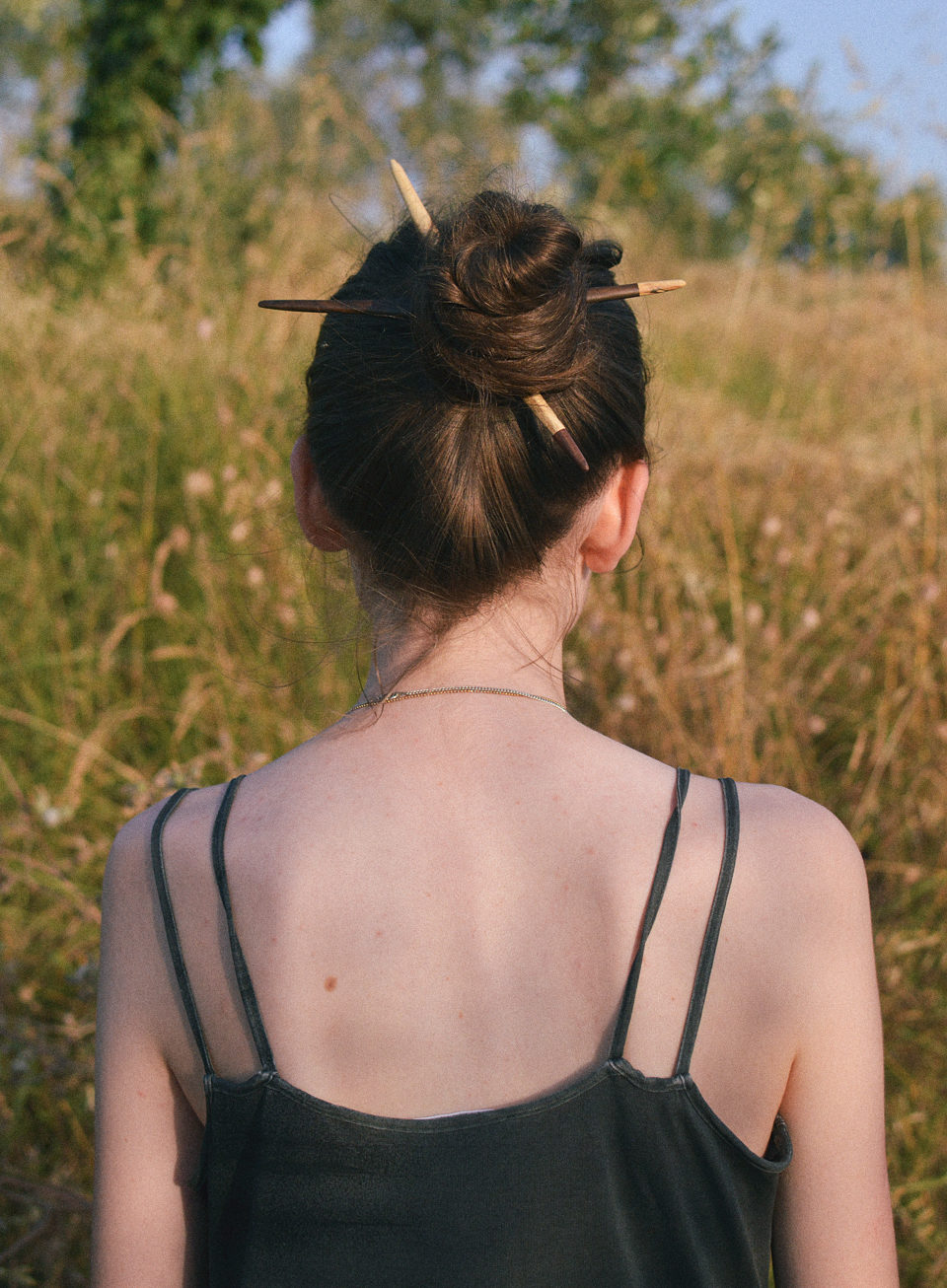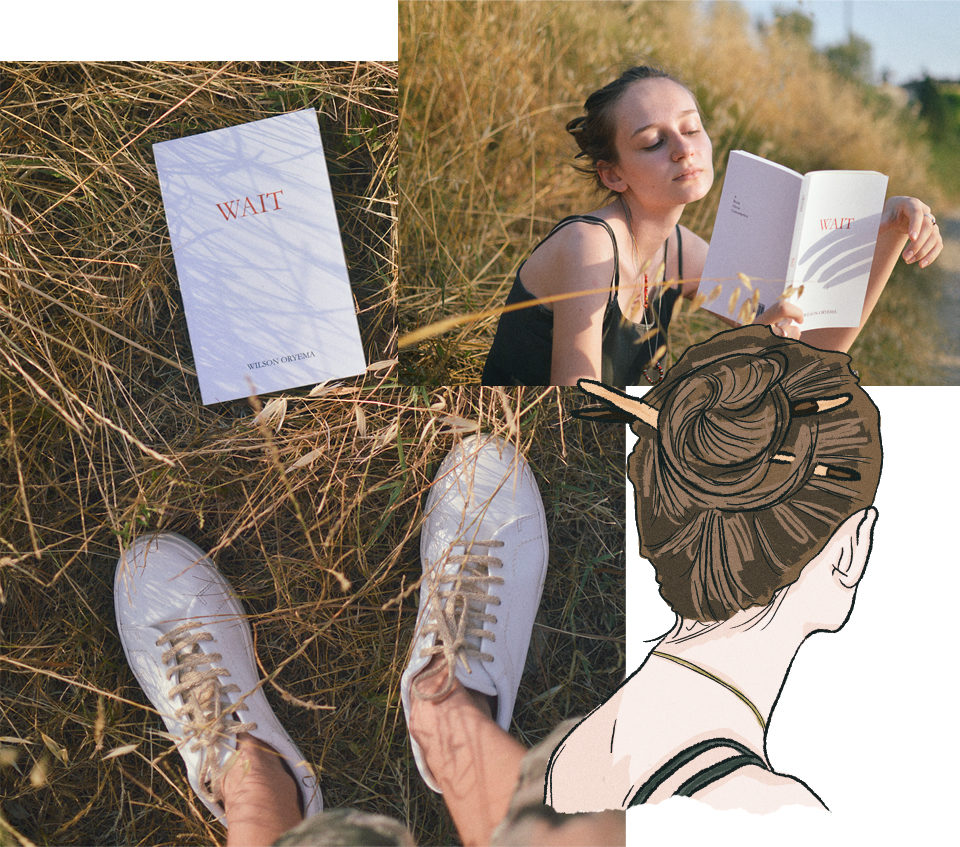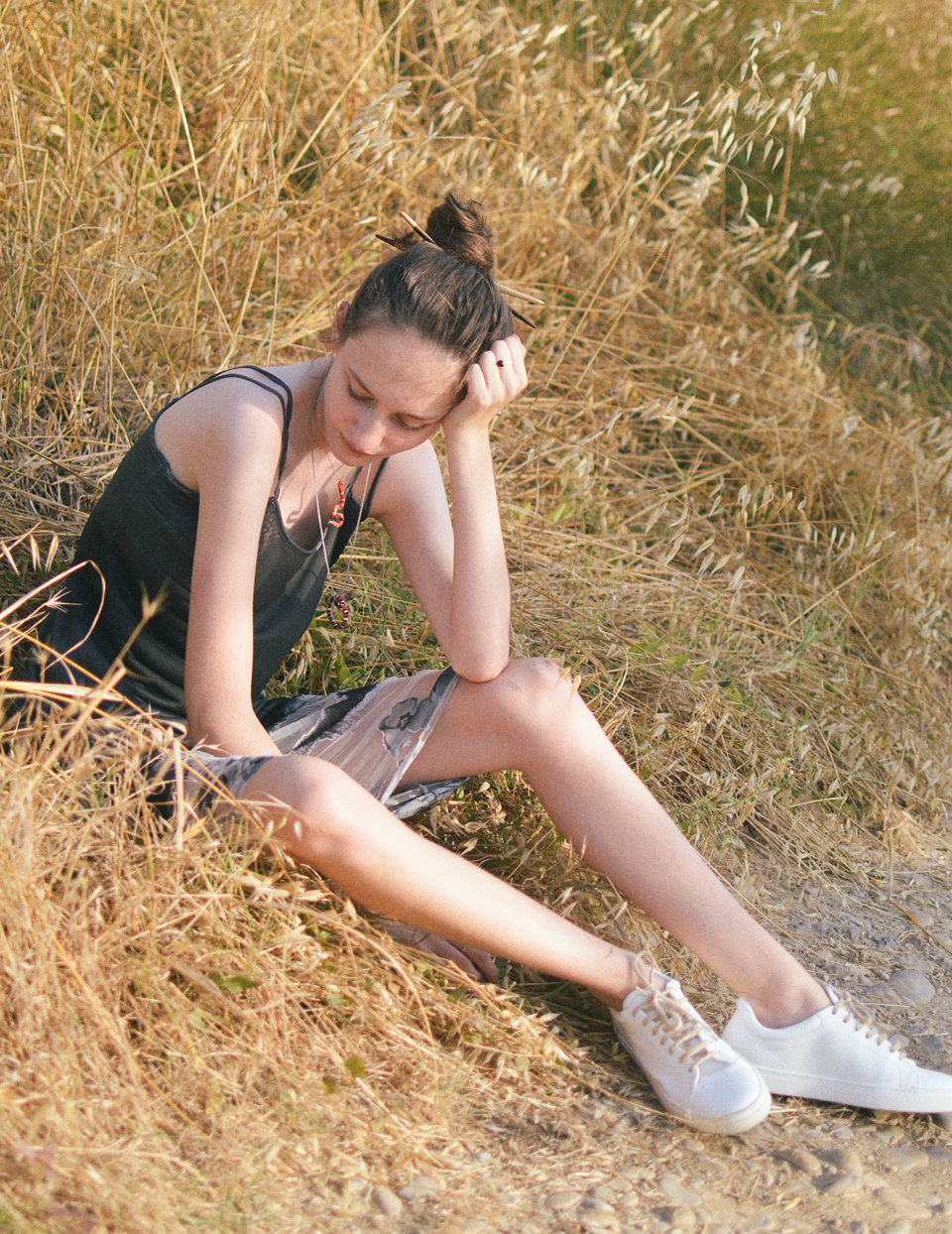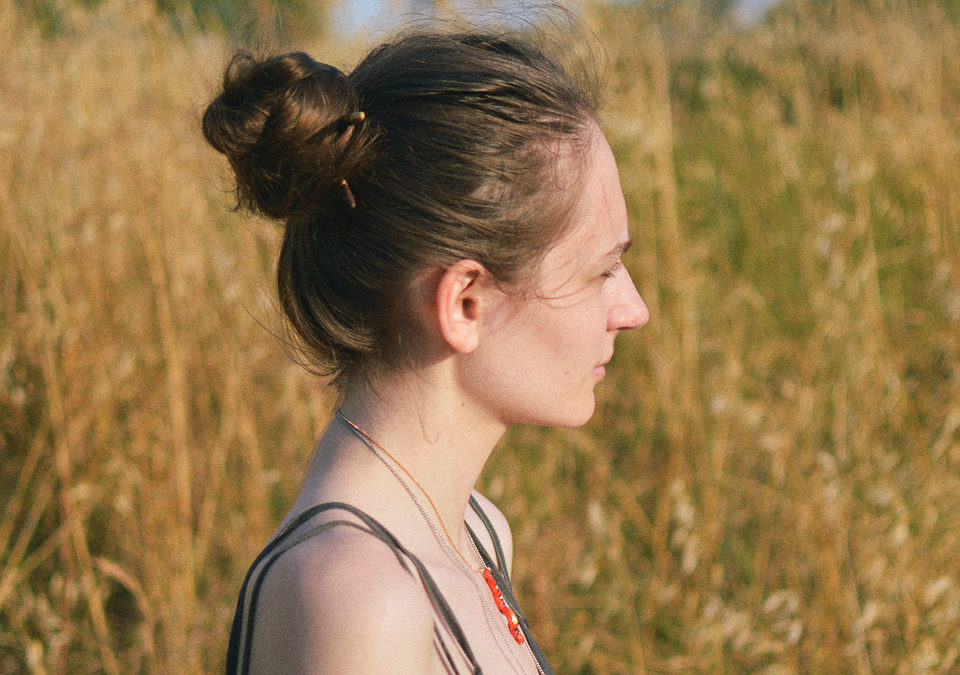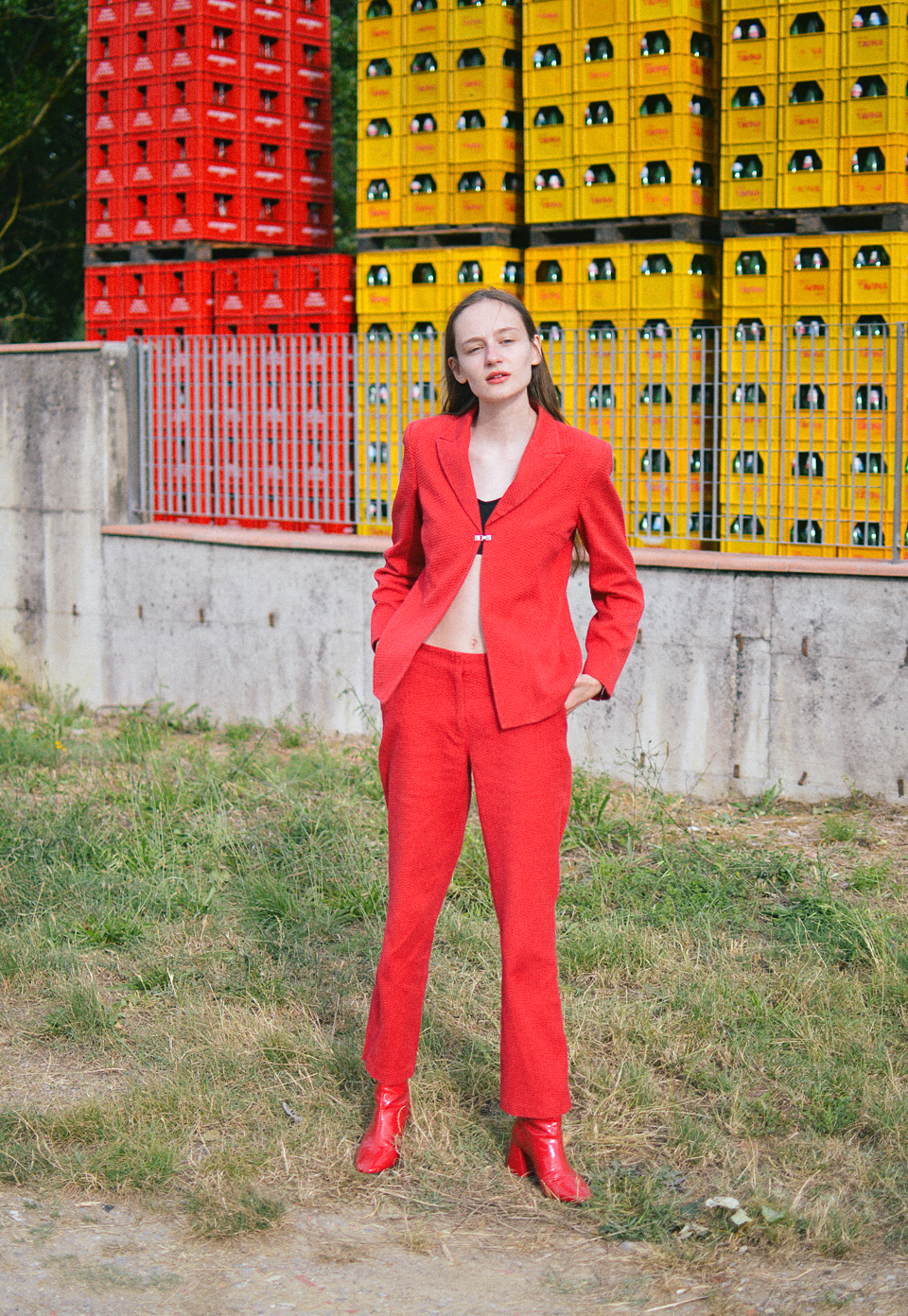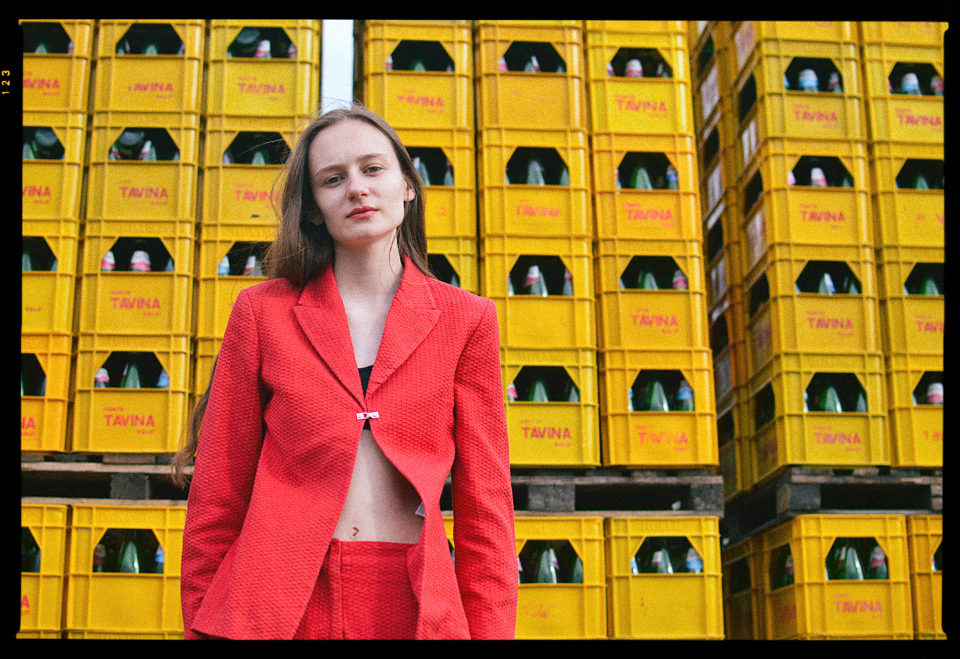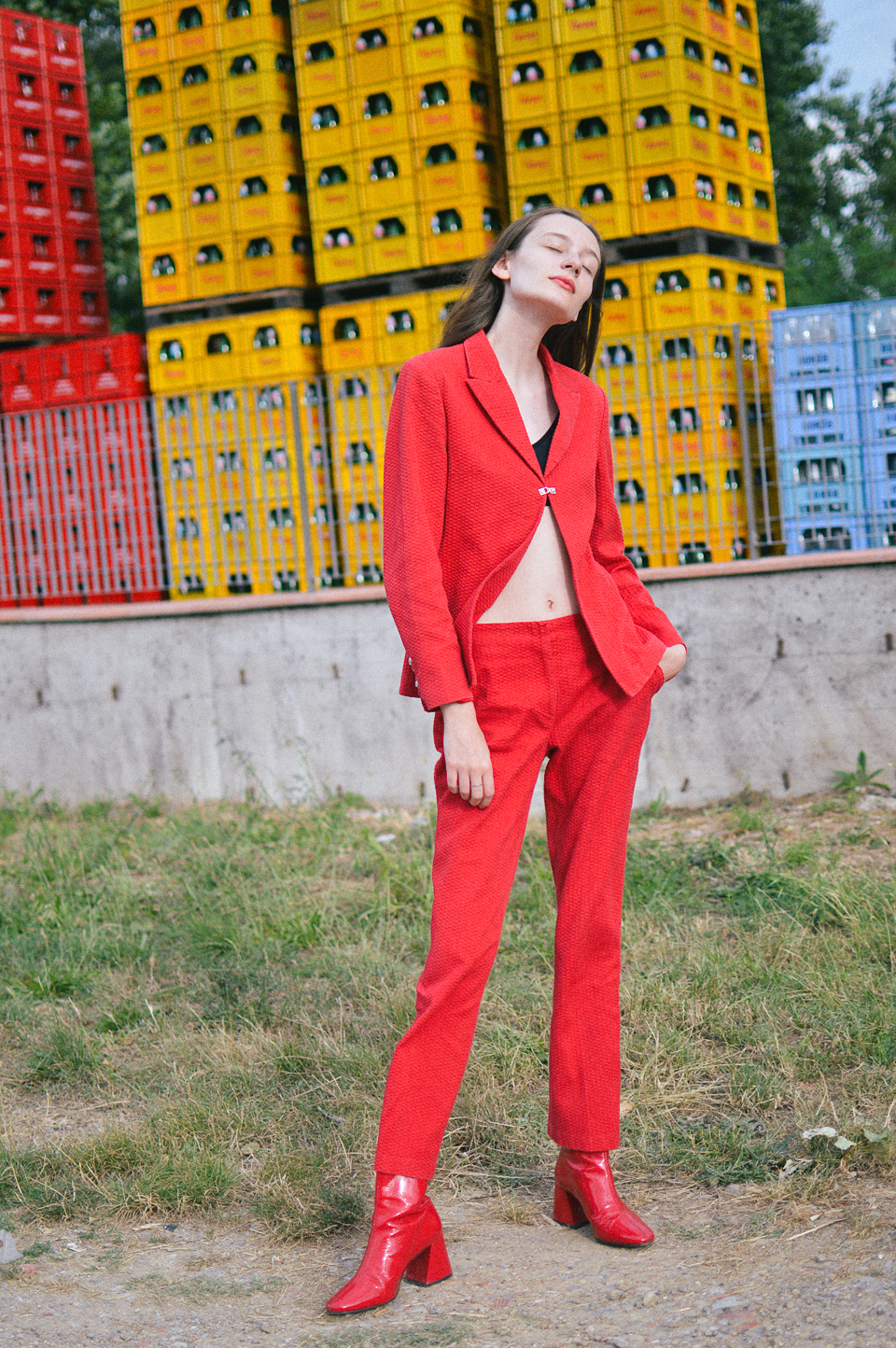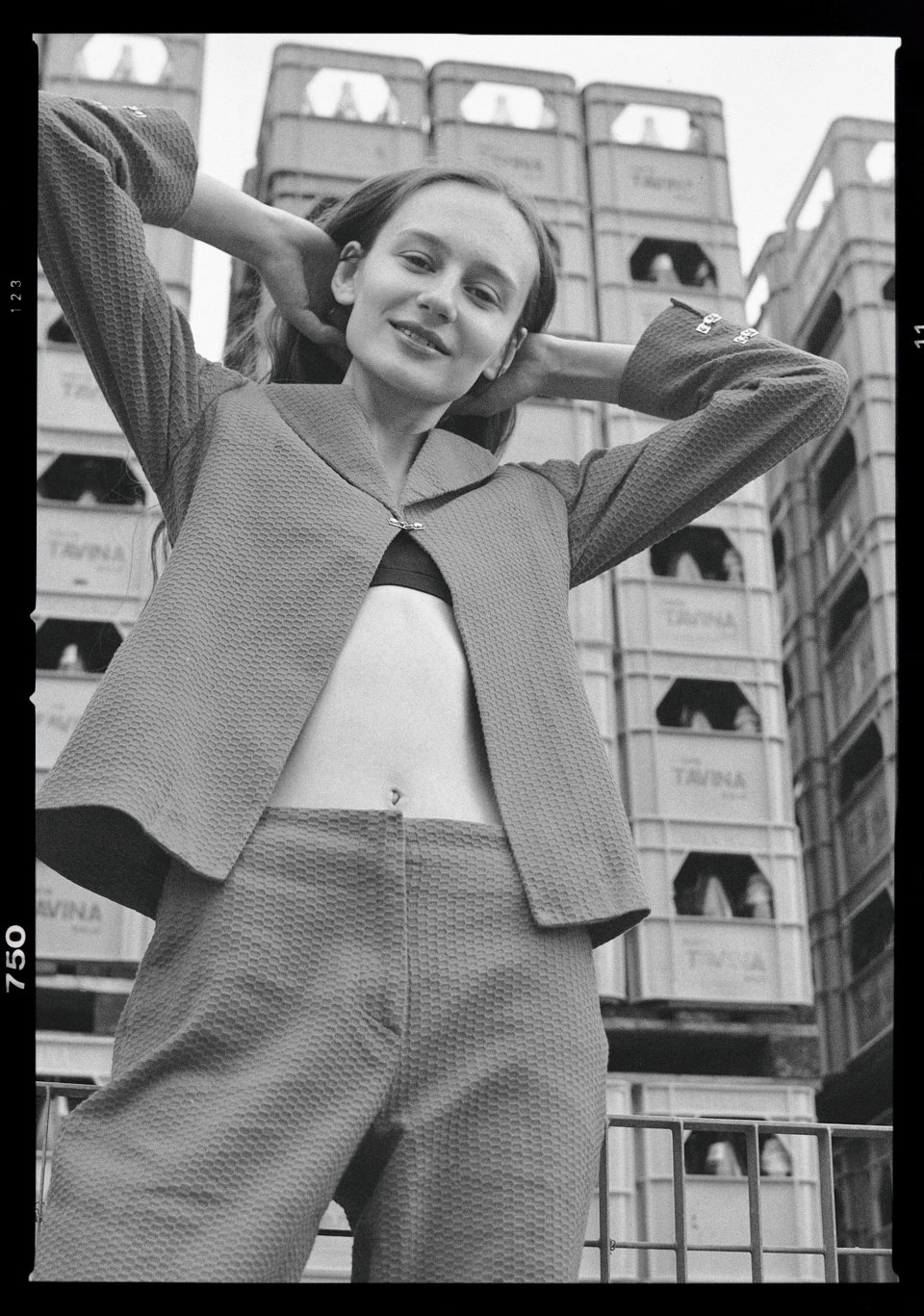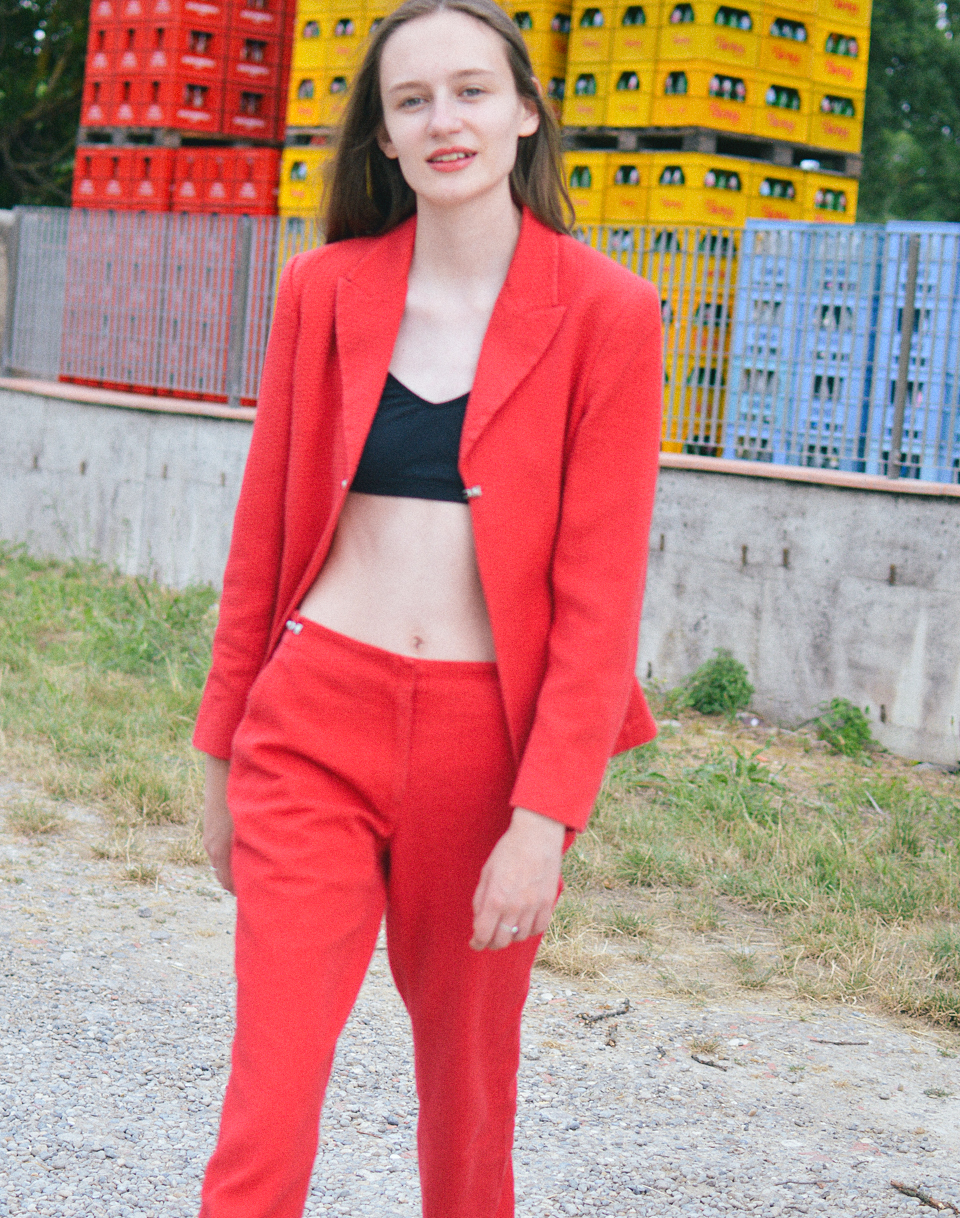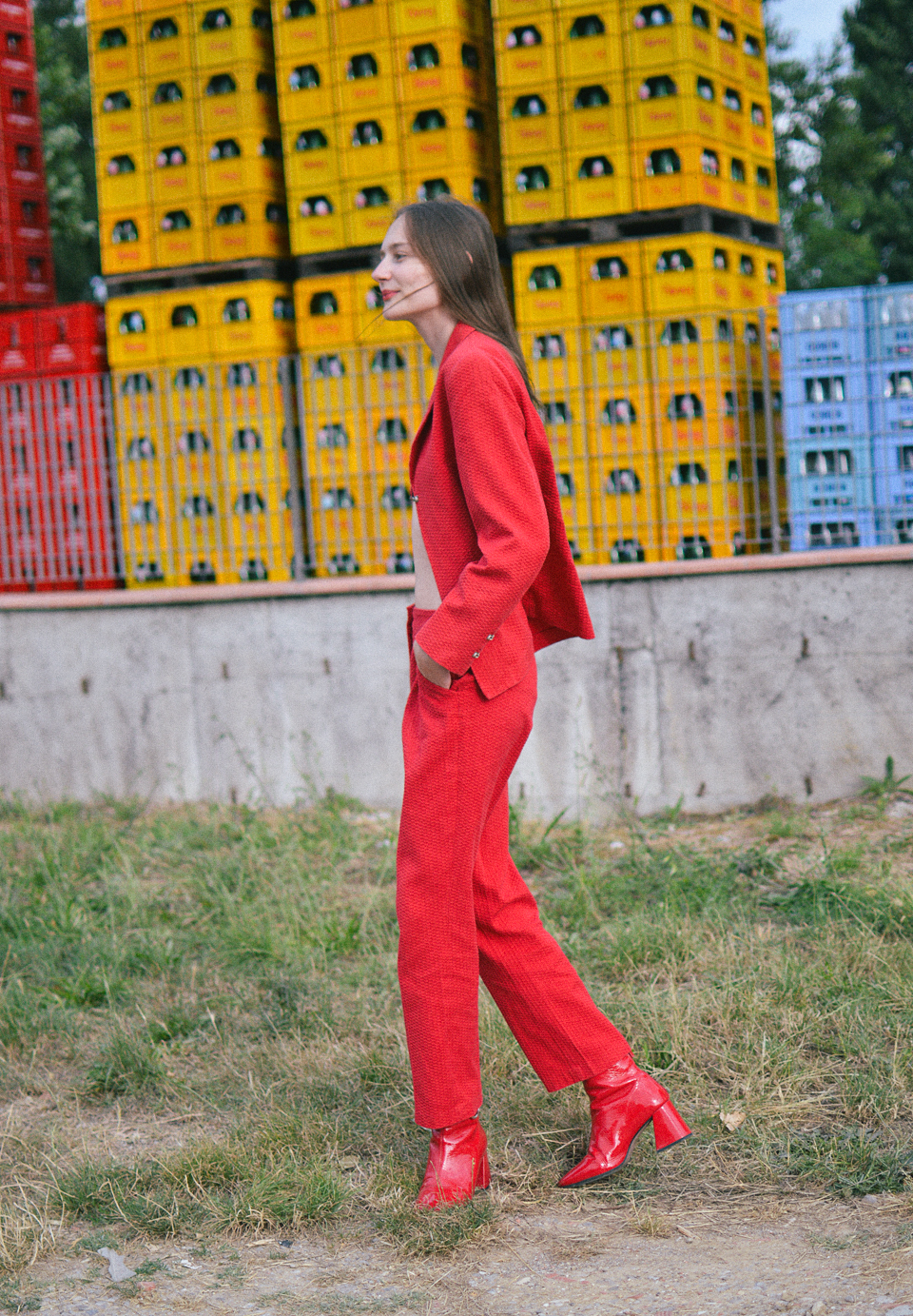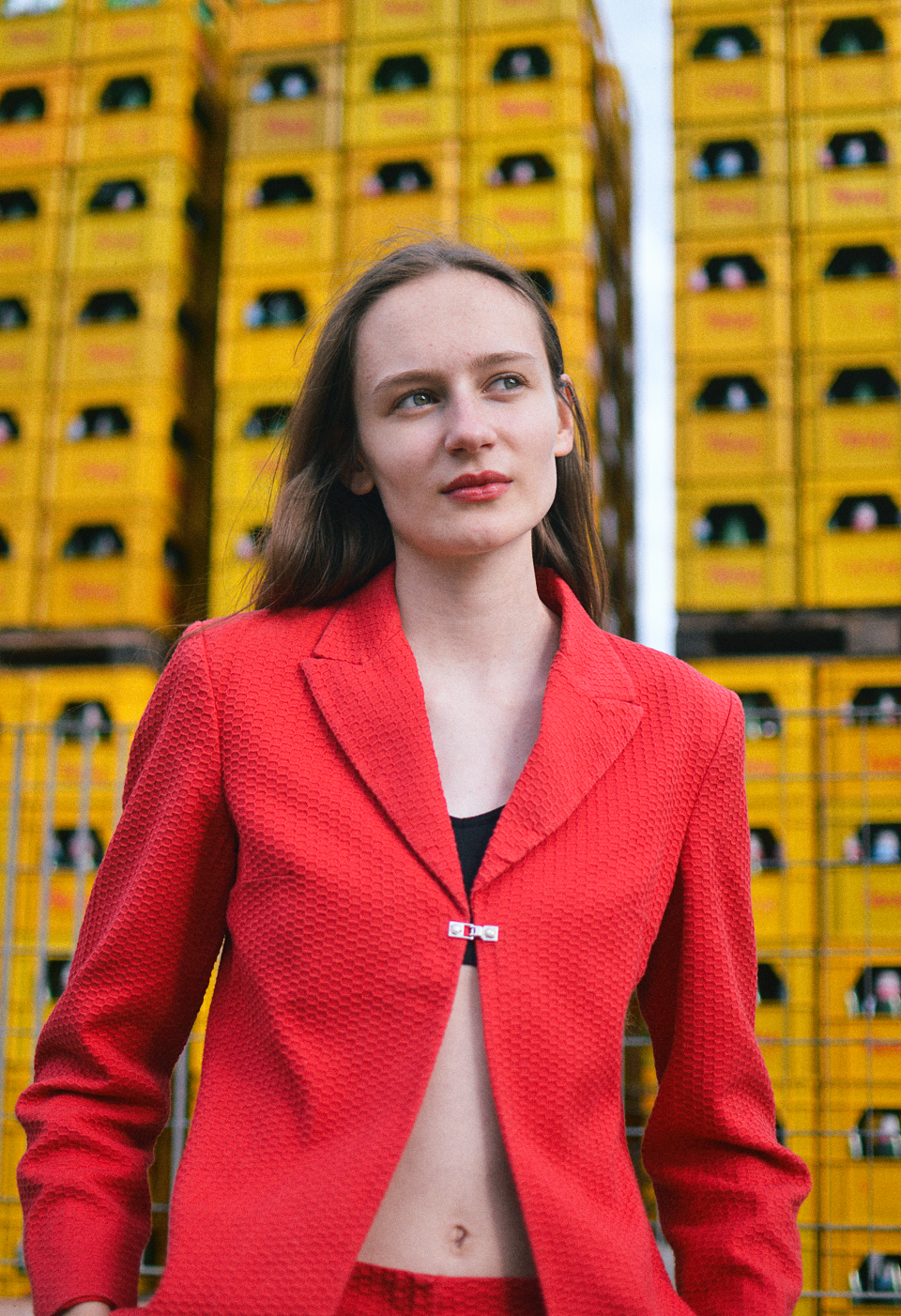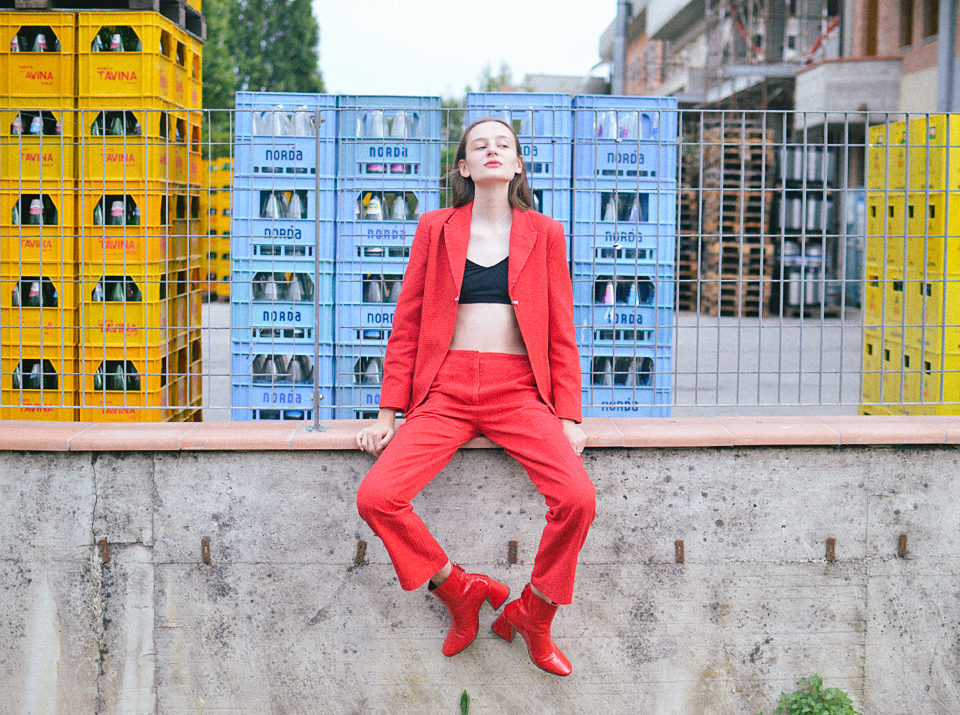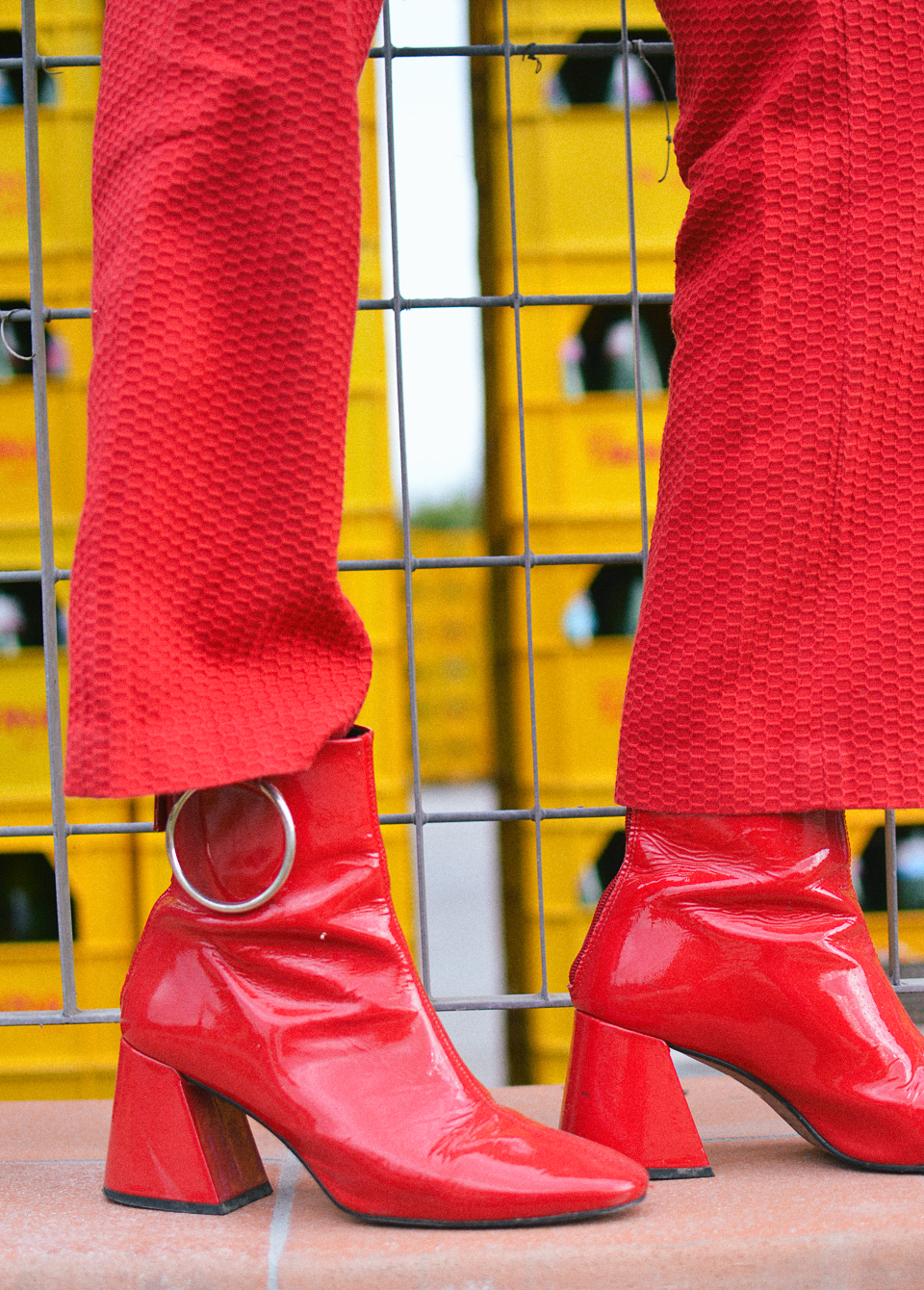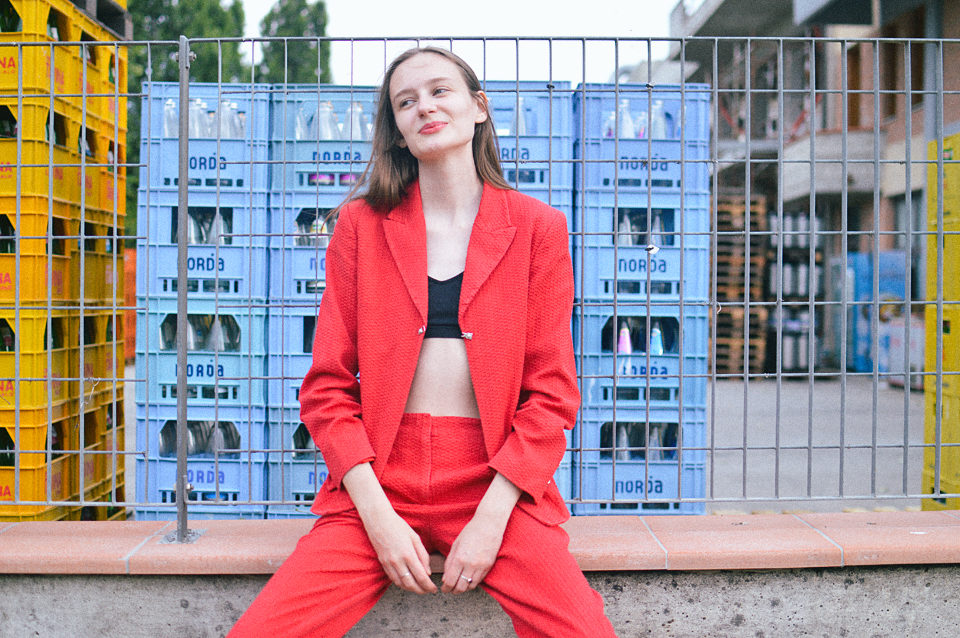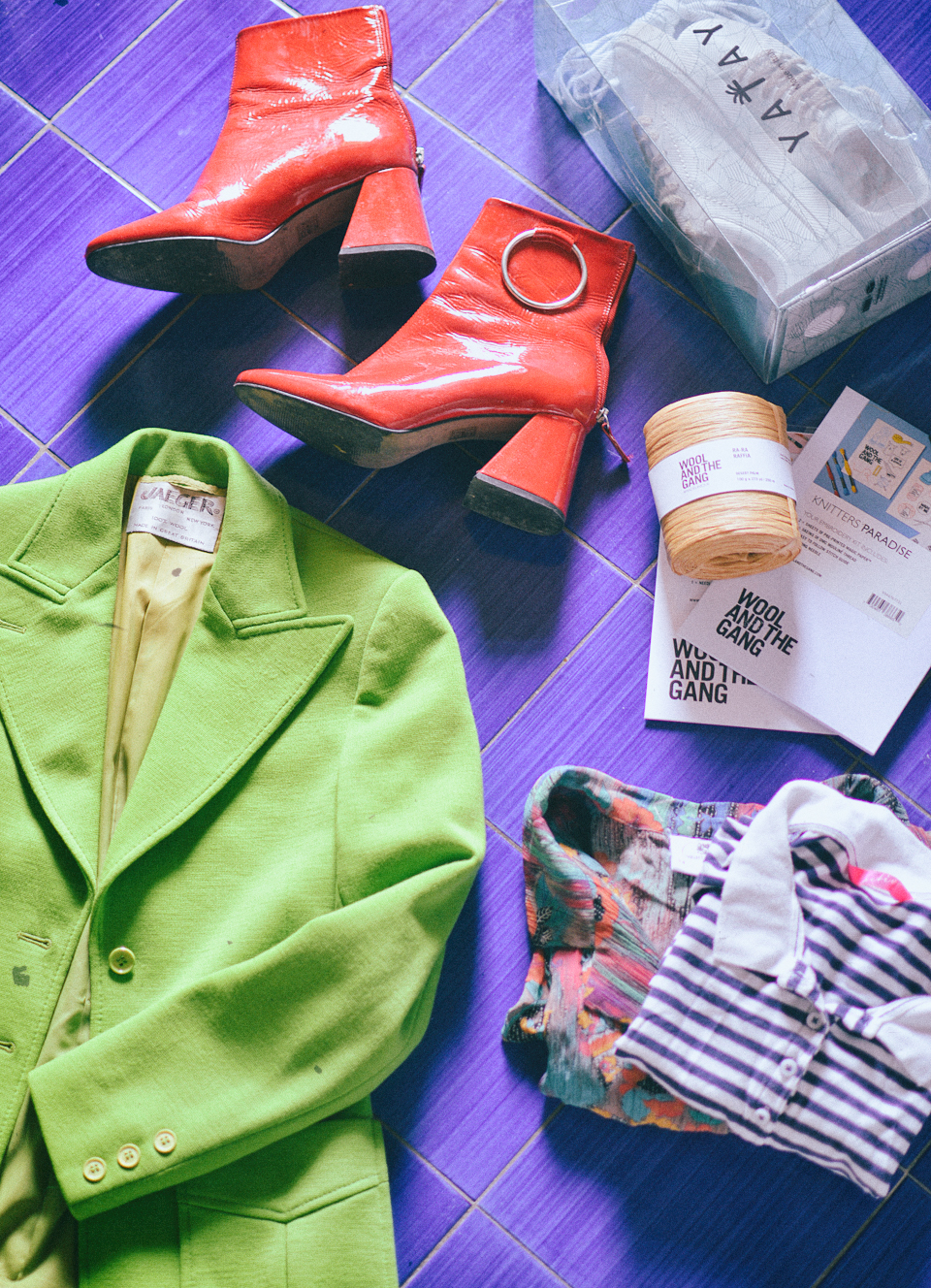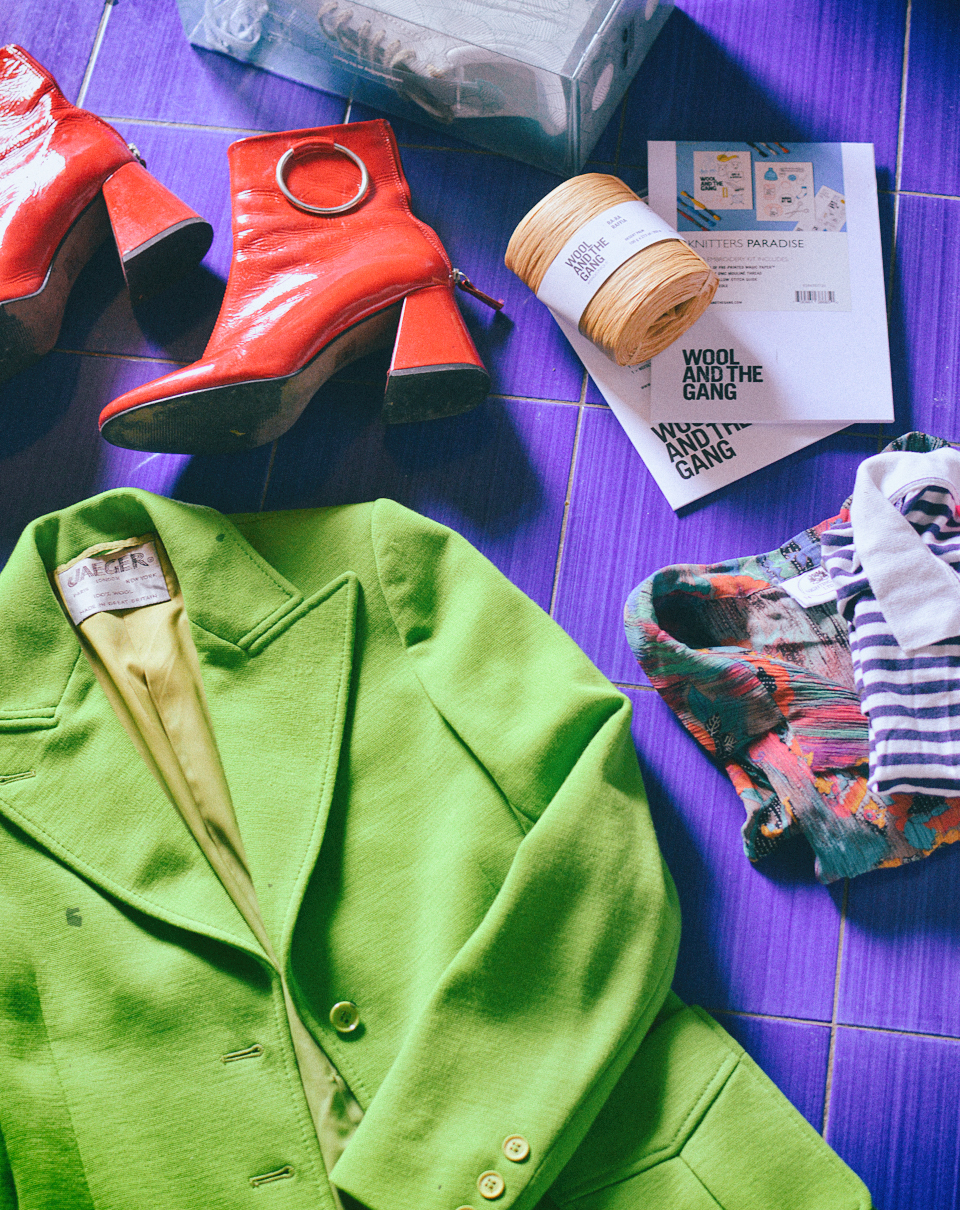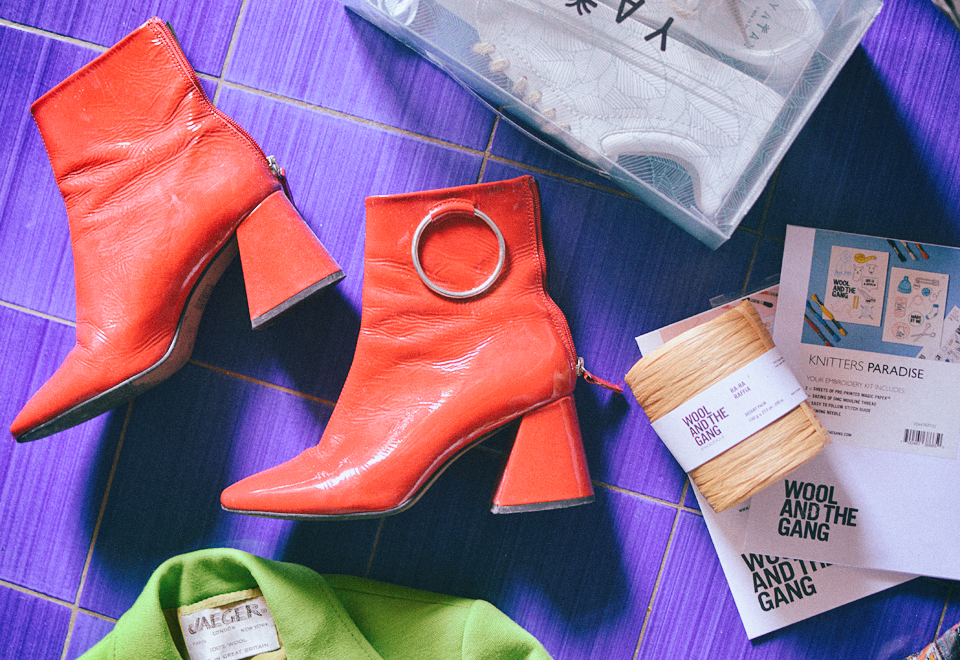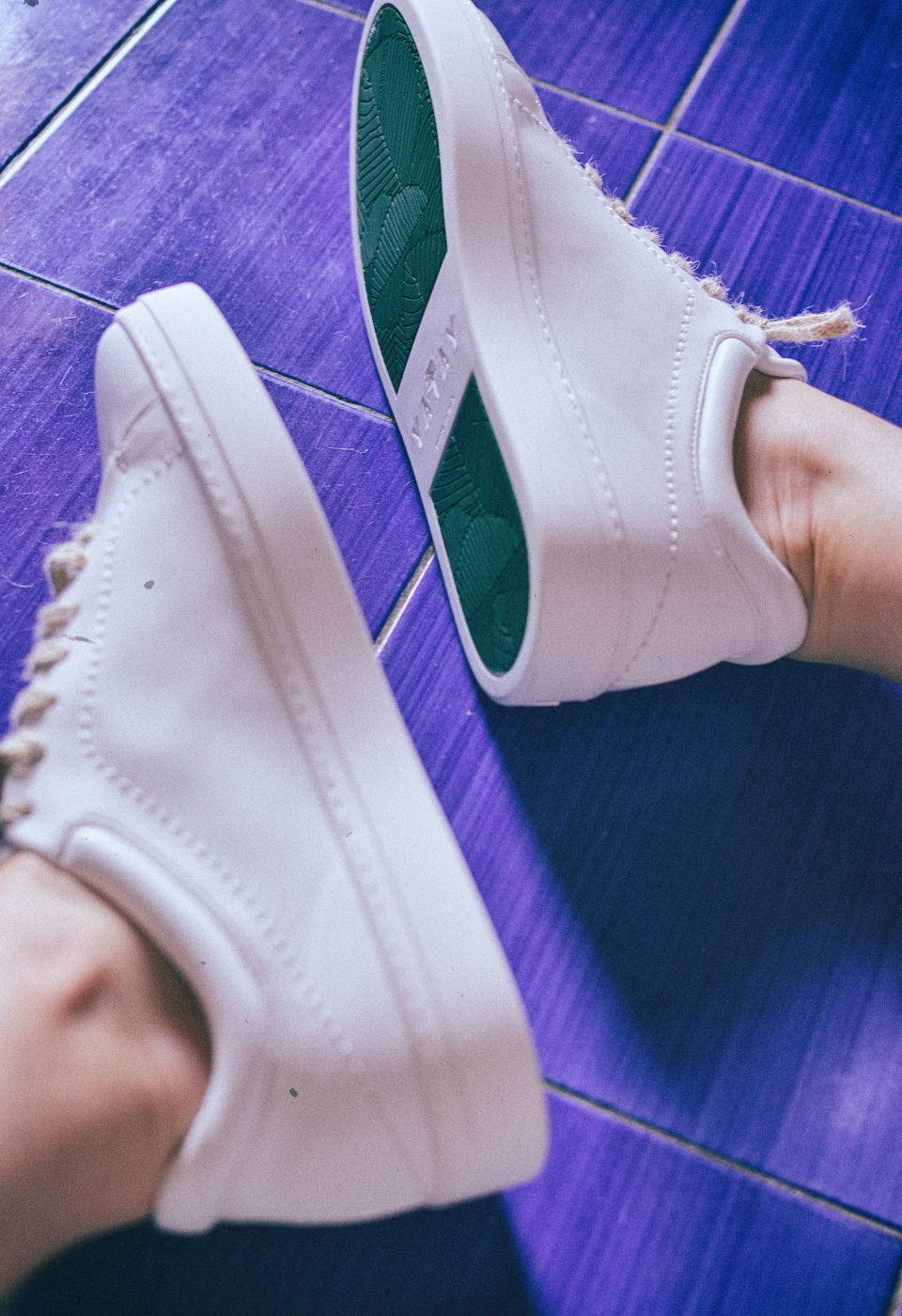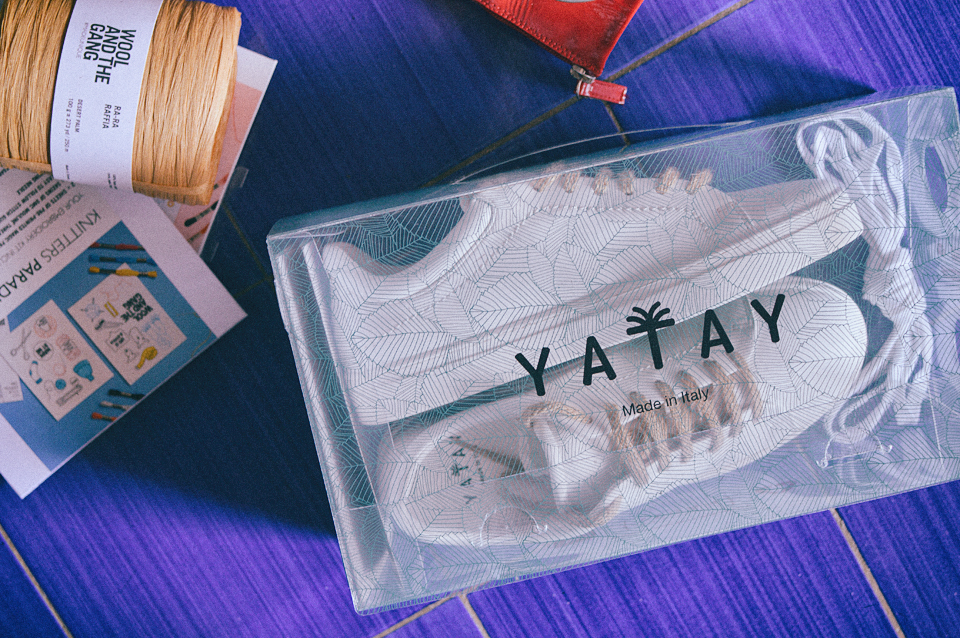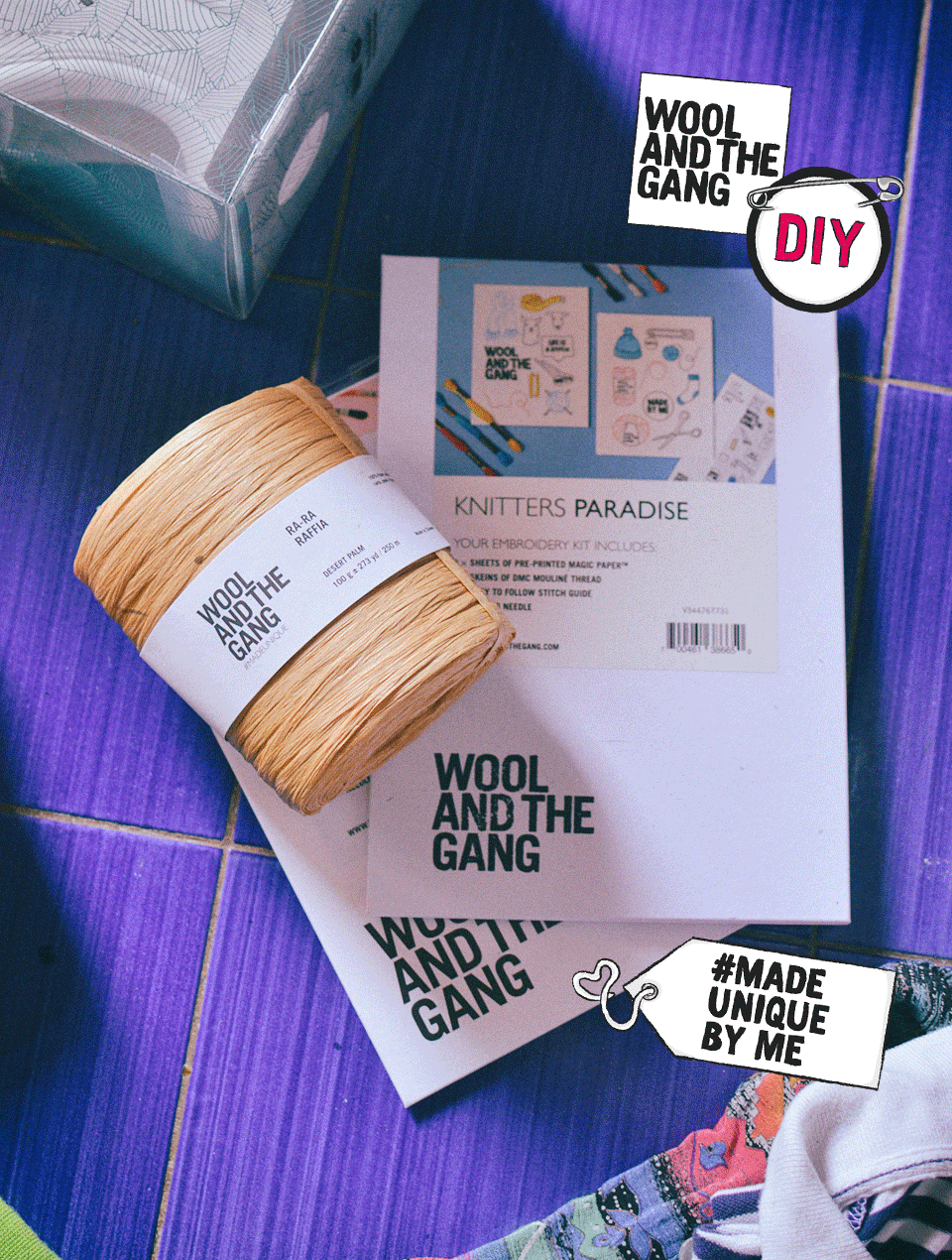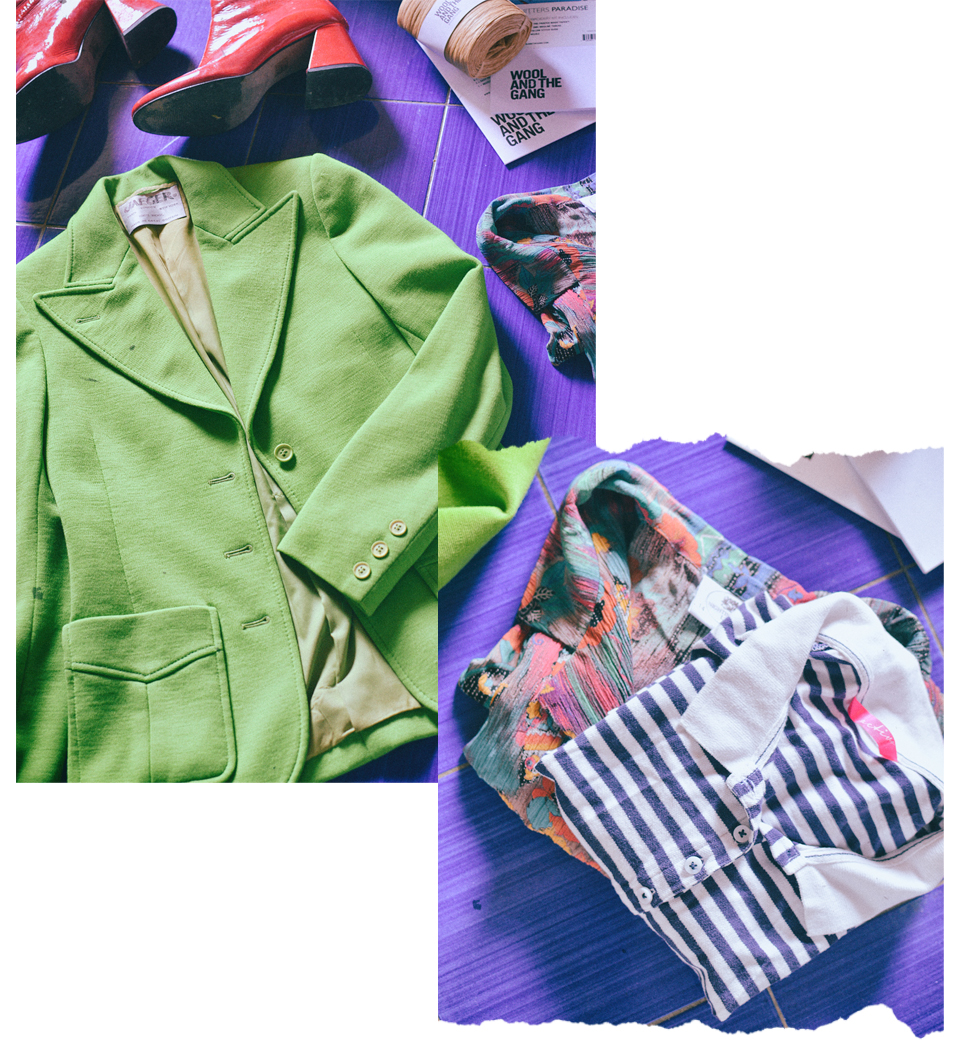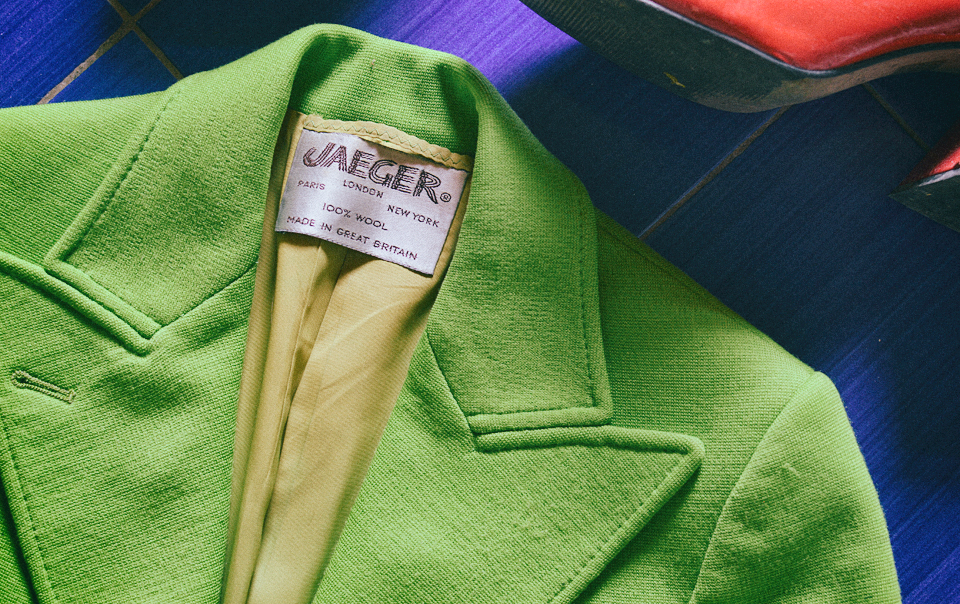For a lot of us, ringing in a New Year can be a great place to start on creating new habits, which is why I thought this post would be a great one to end 2018 with. I’ve compiled a list of blog posts from this year (and previous years) which should help anyone wanting to start their 2019 off sustainably…
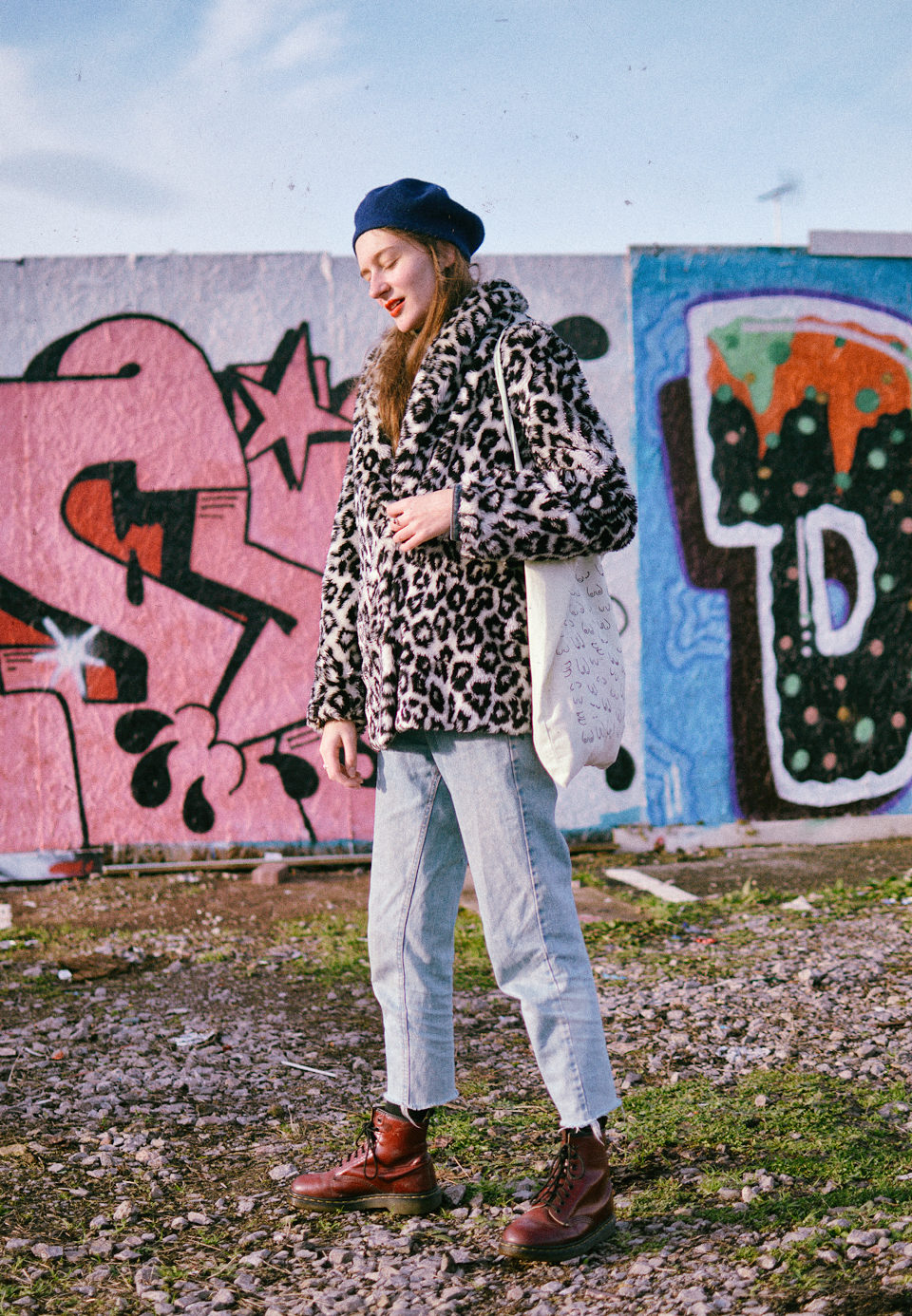
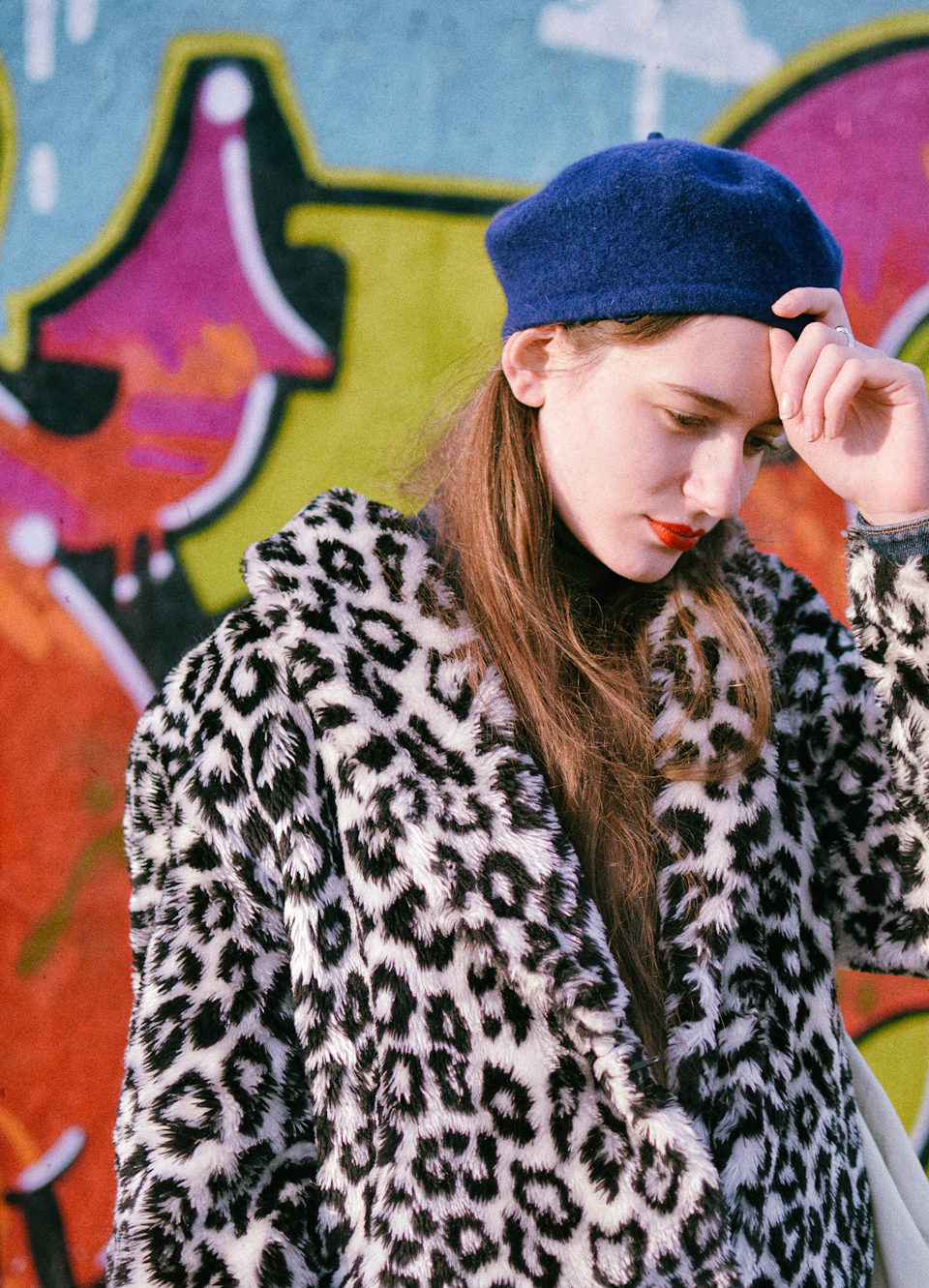
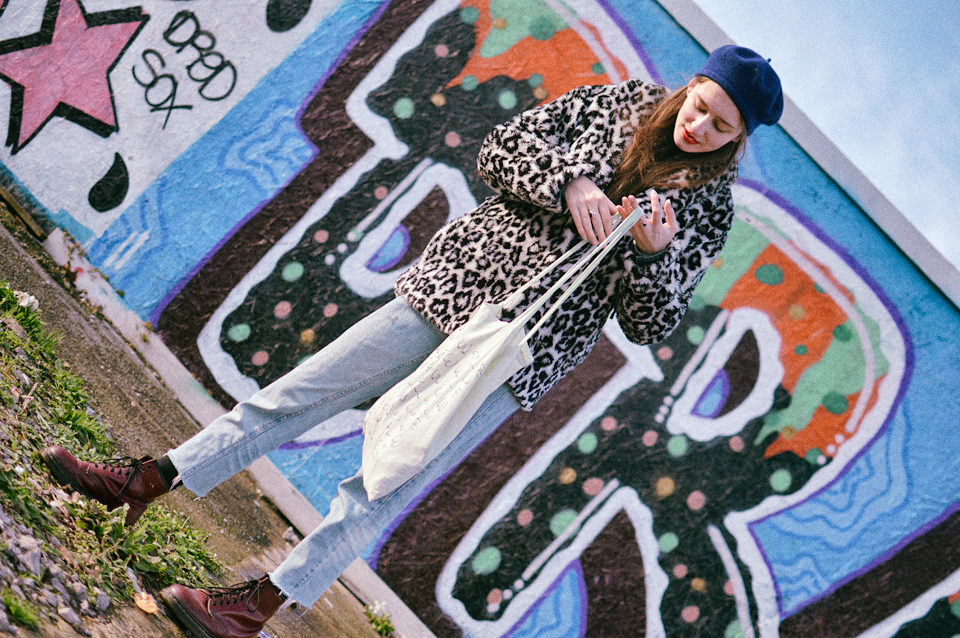
WHAT I WORE: Beret (Gift) // Faux Fur Dalmatian Coat (Jumble Sale) // Jeans (Pull & Bear – old) // Roll-neck Jumper (Hand-me-down) // Dr Martens (Jumble Sale) // Tote Bag (Eat Mielies)
The list (or directory of posts) below, can be used whether you’re new to sustainable living or whether you’ve been working hard on becoming more eco-conscious for years now. Sometimes it’s good to give ourselves a refresh by revisiting certain topics and issues; sometimes we need reminding that we can’t do everything at all at once (I see it as a collective issue – not one single person or action, will save the world) and sometimes, we need reassuring it’s okay to not know where to start.
You may have already read a lot of these posts or this might be your first visit but if there’s one thing you should know, it’s that I aim to be as open and honest as possible, and sometimes that’s all we need reminding of, even if you think you know it all. I do not live plastic-free, I use planes to travel and I would rather have a dishwasher than have to scrub dirty plates by hand. I am not perfect and I don’t think anybody should aim for that all in one go. It’s impossible and even if you think you’ve seen somebody living the ideal life sustainability-wise, you don’t know the ins-and-outs of their situation and what has helped them get there.
A topic I’d like to delve further into and try to understand for myself personally is the toll on our mental health when it comes to sustainability. I want this list to free up some of your time and some of your headspace, in order to help ease the load and make the weight of the fast-warming world, seem a little lighter.
Plus – I’m making it fun with a new outfit shoot because I still want us to embrace looking cool whilst learning to save the planet.
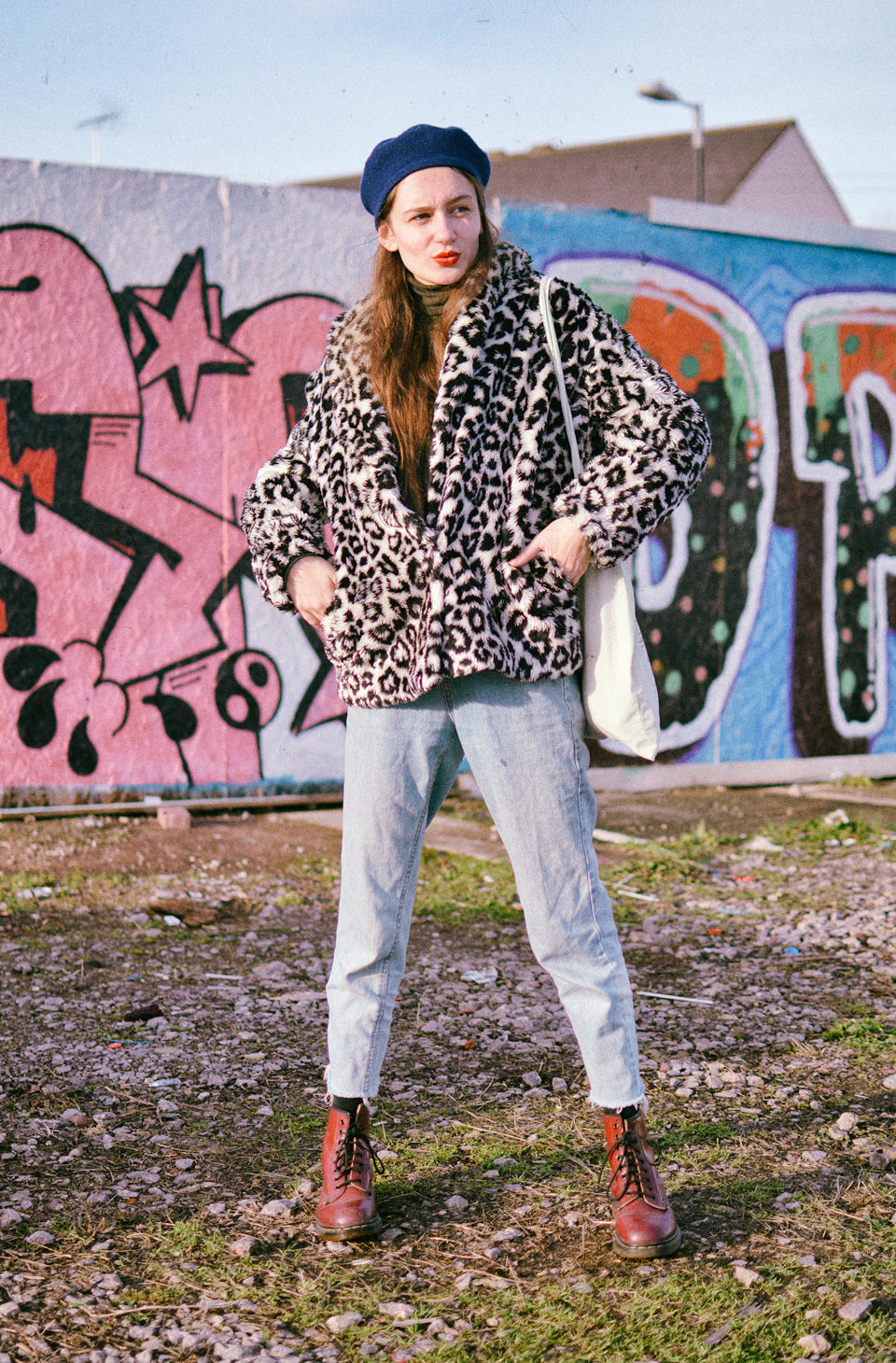
FOR WHEN YOU NEED TO LEARN THE BASICS…
→ What’s the Difference Between Ethical and Sustainable Fashion?
The lines between the term ‘ethical’ and the term ‘sustainable’ can often become blurred when it comes to fashion. This post helps easily break down and define the two terms.
◈ Is Ethical Fashion Expensive?
Everybody has their own opinion when it comes to answering this question but this post might help you understand why I don’t like to hear ethical fashion being labelled as inaccessible.
★ What is Greenwashing and How Do You Avoid It?
Ever wondered whether a brand is genuinely ethical or as sustainable as they say they are? Learn more about what ‘greenwashing’ is and whether your favourite brand uses it to their advantage.
☞ What to Do with Old Clothes
It turns out donating your old clothes to a local charity shop isn’t always the most sustainable option. Learn more about other ways to help your old clothes find new homes!
→ 5 Facts & Figures You Need to Know
This post is a really basic round-up of information that you might not be aware of, whether it be about textile recycling or how much more a t-shirt would cost if it was produced ethically.
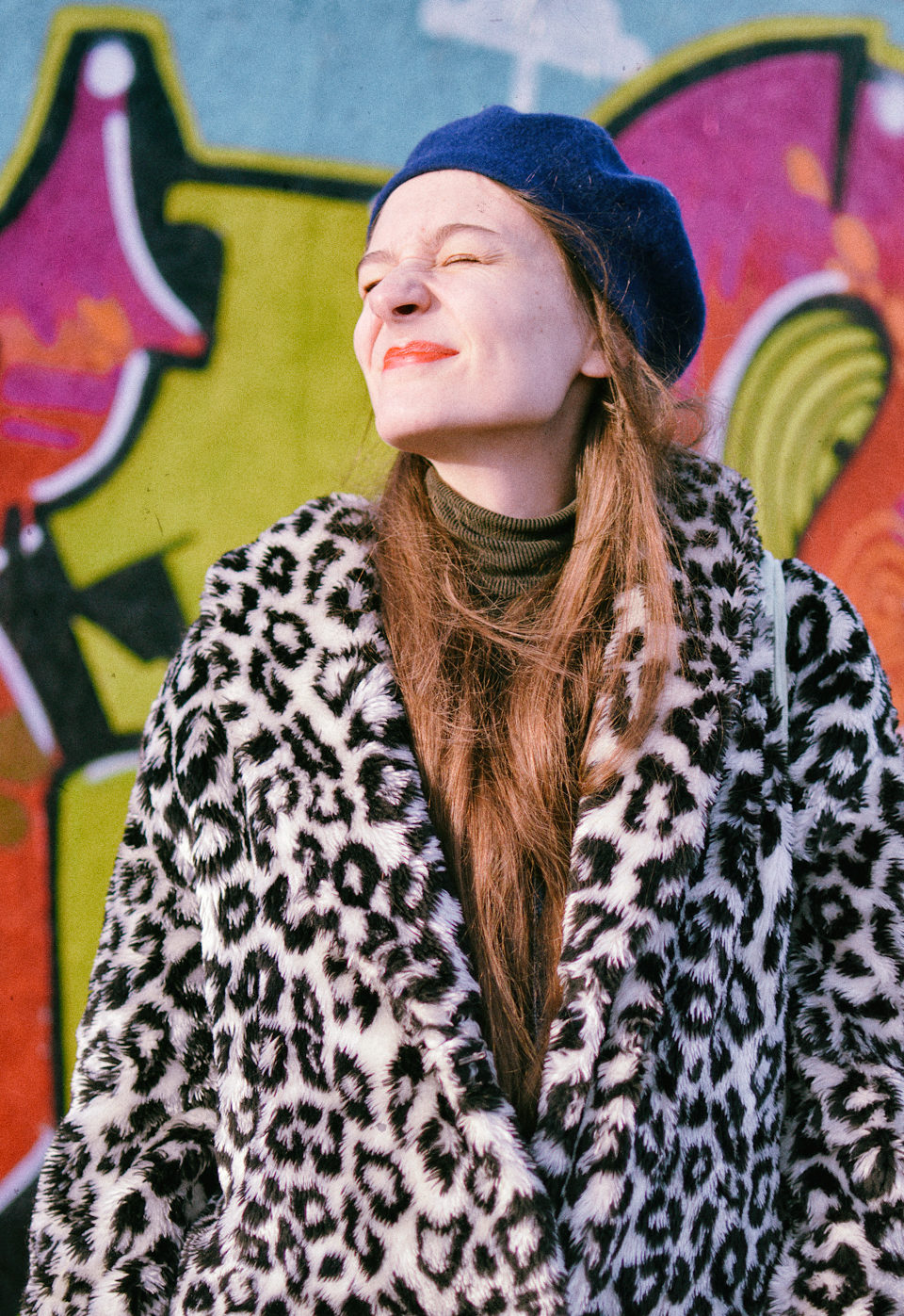
FOR WHEN YOU DON’T KNOW HOW TO START SHOPPING SUSTAINABLY…
◈ My Honest Ethical Wardrobe Priorities
In this post, you’ll learn how I prioritise my wardrobe when it comes to shopping ethically. What do I spend my money on and where do I spend it? From dresses to underwear, I explain my thought process and help you understand what I try to focus on.
★ How to Know If You’ll End up Wearing Something You Buy
When it comes to conscious consumerism, you’ll be told to ask questions an awful lot. This post breaks down some of those questions in order to help you decide whether you really need what you’re buying.
☞ Finding Your Style Second-Hand
One of the most sustainable ways to shop is to shop second-hand as you’re using what’s already available without having to fund the production of new garments. I answer a variety of questions here but one of the topics covered is finding your style second-hand as you may find it tricky at first.
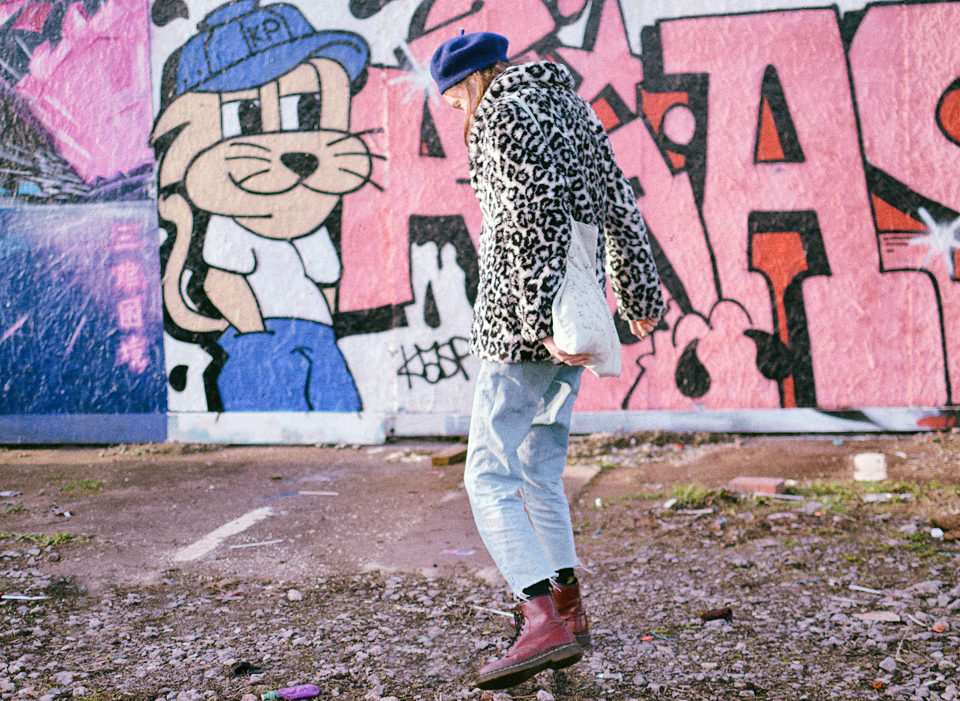
FOR WHEN YOU’RE OVERWHELMED…
→ How I Avoid Becoming Overwhelmed by Sustainable Activism
As I mentioned previously, I’m interested in the crossover of mental health and sustainability. Here, I discussed how to avoid becoming overwhelmed by the scope of it all – whether it’s fashion related or not – because, in my opinion, it’s inevitable at some point in your sustainable journey.
◈ Calling out Hypocrisy Won’t Get Us Anywhere
If you’ve ever seen somebody publicly sharing the fact they’ve made a small sustainable act, you’ve probably also seen somebody piping up and accusing them of hypocrisy. It’s tiring and it won’t get us anywhere, and this post explains why.
★ It’s Taken Me Over 3 Years to Become a Conscious Consumer
If it’s almost impossible to be perfect then it’s even more impossible to become perfect overnight. In fact, my sustainable journey has taken over three years (and it’s still going). There’s always going to be room for improvement but it’s also important to make note of how far you’ve come. Explore my ethical fashion journey, by giving this one a read!
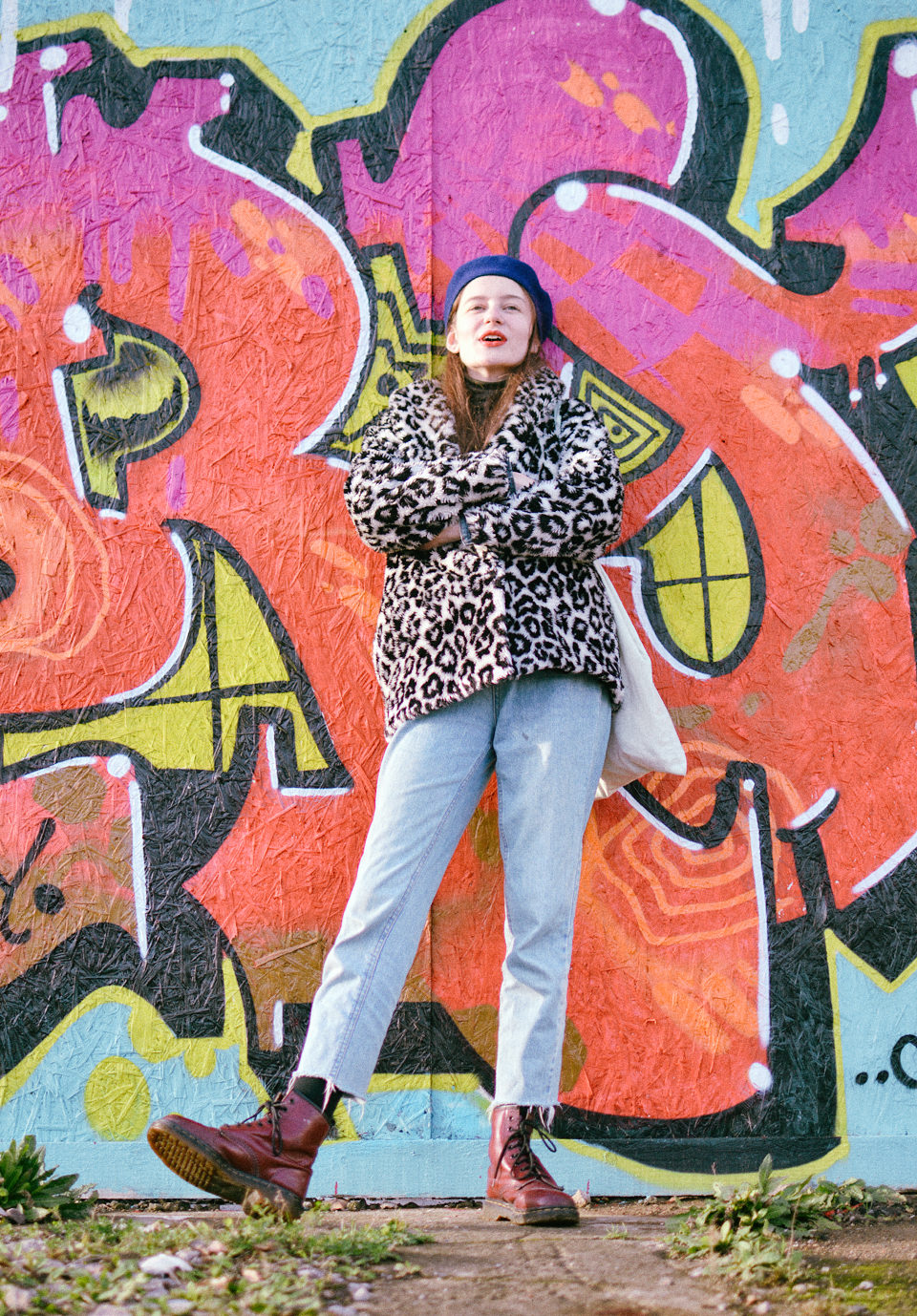
FOR WHEN YOU’RE READY TO DIVE A BIT DEEPER…
☞ You Can’t Call Yourself a Feminist if You’re Supporting Fast Fashion
Or can you? It’s a big topic of conversation. This post was inspired by a book that raised this question and got me thinking about whether my socio-political views were at peace with one another. It’s a good one if you want to question what you think you already know.
→ Why Having Fewer Clothes Doesn’t Mean Your Wardrobe is Sustainable
When I was living with fewer clothes for a couple of months, I realised that sustainable fashion isn’t all to do with having less or the production of what you by. It also has a lot to do with how we care for our clothes and when we pass them on.
◈ Can You Stay on Top of Trends as a Conscious Consumer?
Swapping fast-fashion for second-hand clothes and ethically-focused brands has meant ditching trends and being completely out-of-the-loop of what’s going on trend-wise. Before you read, why not have a think about what your answer would be…
★ Is Not Shopping a Radical Act?
A post which arose after the frenzy of Black Friday, discussing whether not shopping is as difficult as it may seem, or whether it’s actually about questioning who we are and what we stand for, style wise.
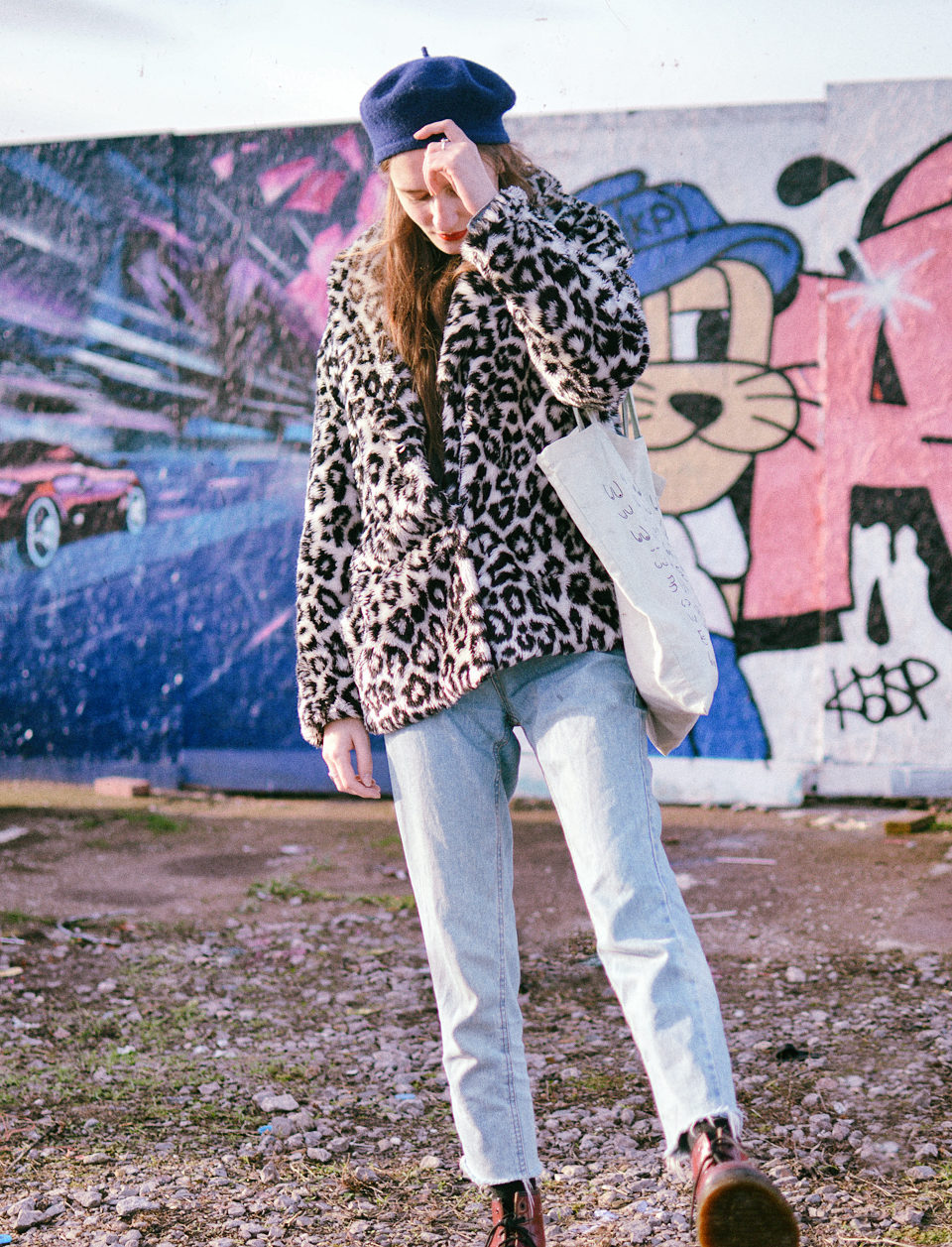
FOR WHEN SUSTAINABLE FASHION SEEMS BORING…
☞ No Animals or People Harmed in the Making of This Outfit
Experimenting with style is even more satisfying when you can do it sustainably and this post is all about that, in the form of an outfit shoot that explores why ethical fashion can be more fun than it looks.
→ How Suits Are Bringing out My True Colours
In 2018, I came into possession of this insanely beautiful vintage suit and it gave me a new boost of confidence – it might inspire you, too!
◈ How to Use Instagram for Sustainable Inspiration
Instagram doesn’t have to be all about crippling self-doubt and comparing your lives to others. You can use it many other inspiring ways by following the right people. In this post, I suggest several accounts which will definitely make ethical fashion seem less boring.

I hope you find at least one post here that might spark a new brainwave or inspire you to make a change. Don’t forget, my whole blog from day one right up until now, is available for you to browse. Go back and explore my old (and quite horrendous) shopping habits or spend time catching up on what I’ve been wearing lately.
I’m also over on Instagram a lot more in recent times. I’ve been doing mini features on my “Learn” highlight which seem to be going down a treat! I love being able to create an open dialogue with my audience about sustainable issues and Instagram is one of the best places to do it!
Whilst I have you, there’s still time to head on over to the UK Blog Awards and hit the heart ❤️ button on Tolly Dolly Posh Fashion in the Green & Eco category. I’d love to have my blog recognised with an award after six years of hard work and it would be an amazing way to start 2019!
Happy holidays, planet lovers!



